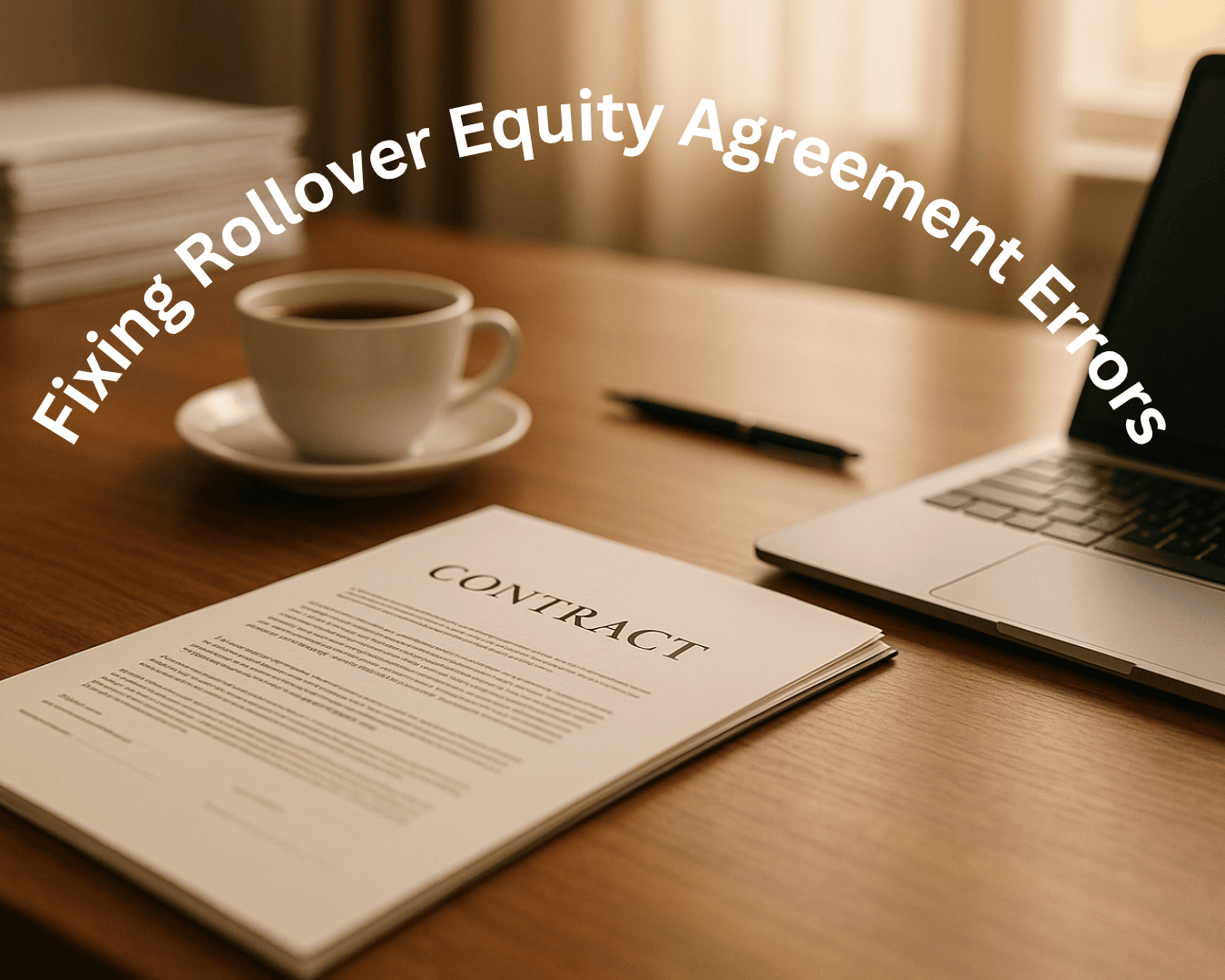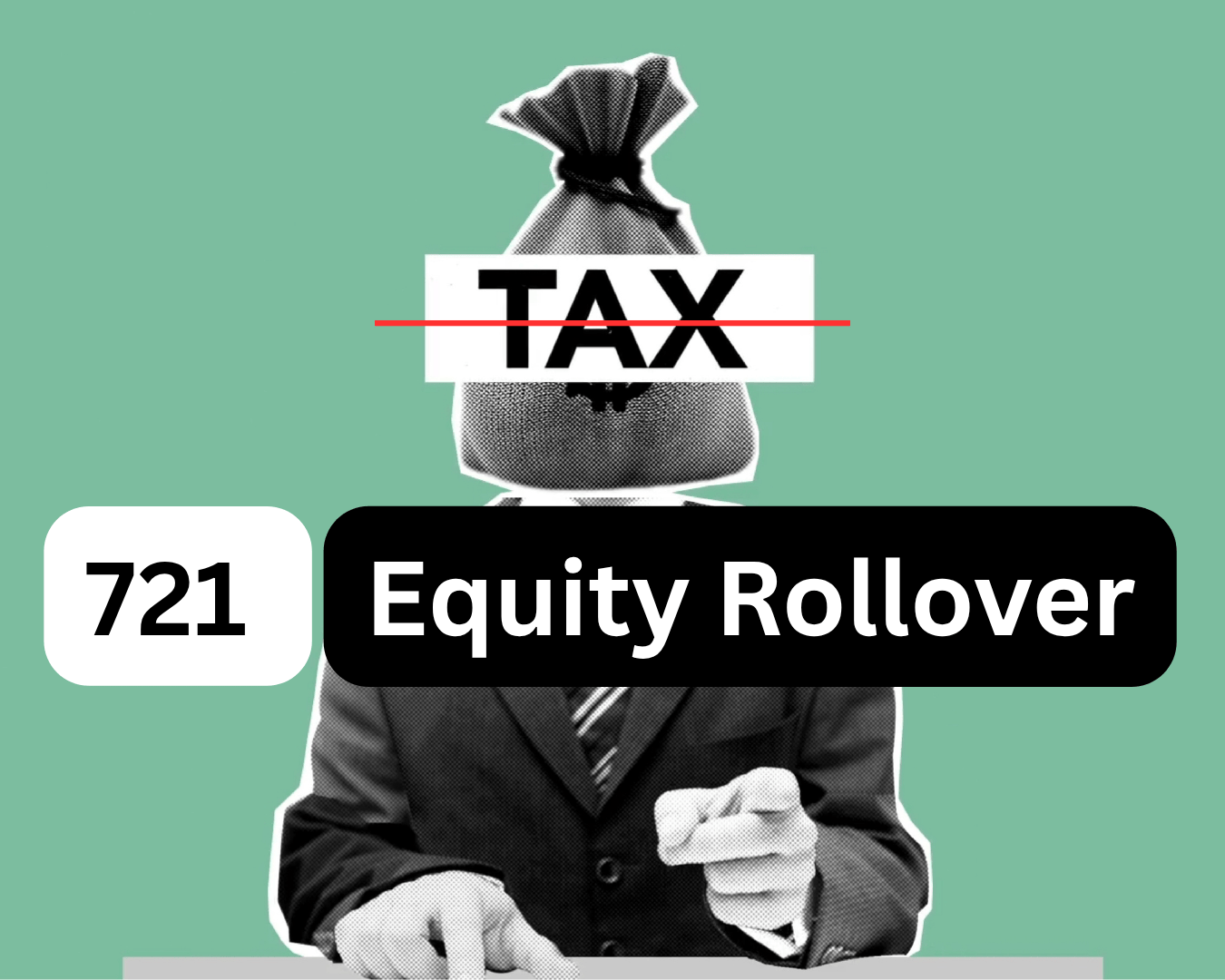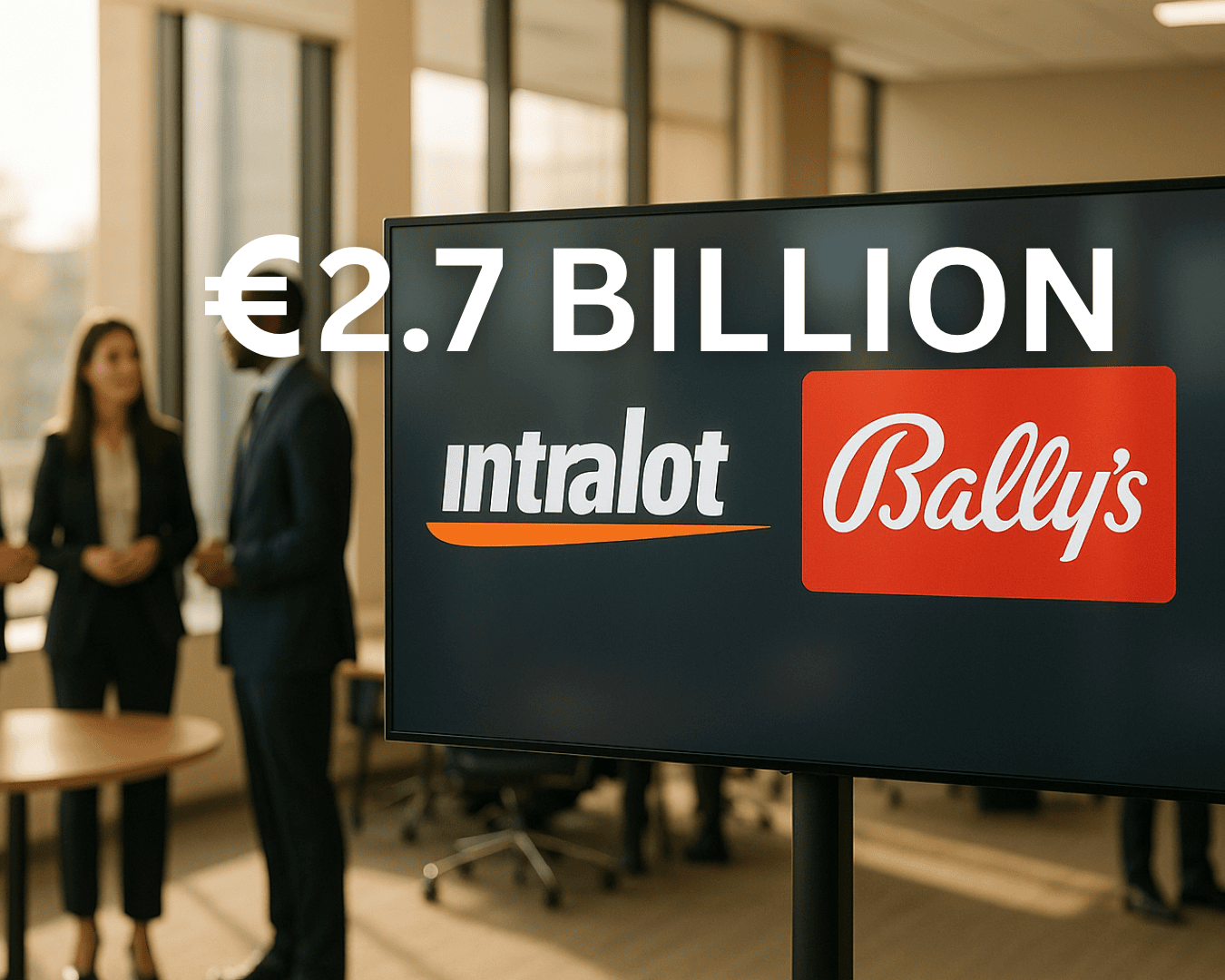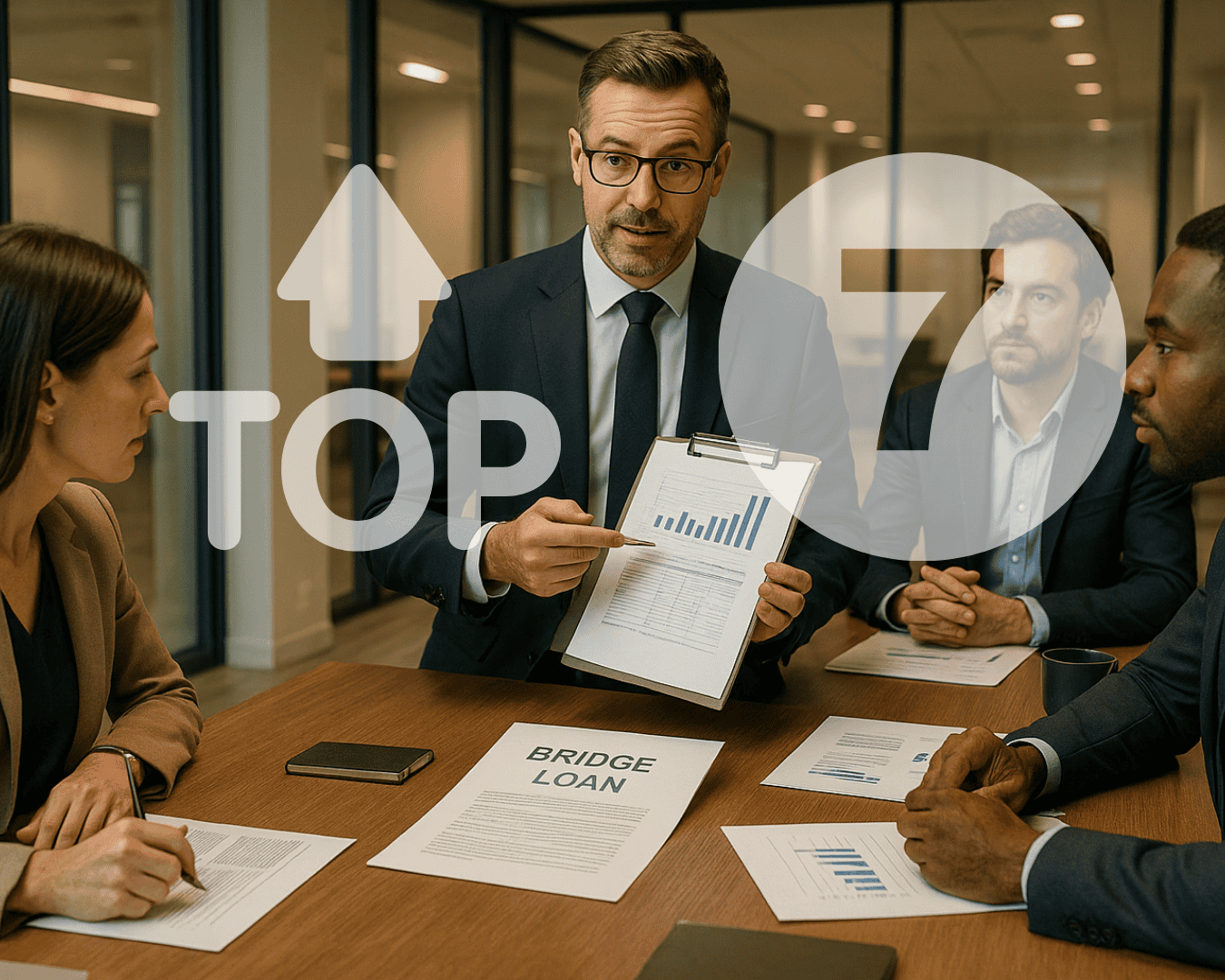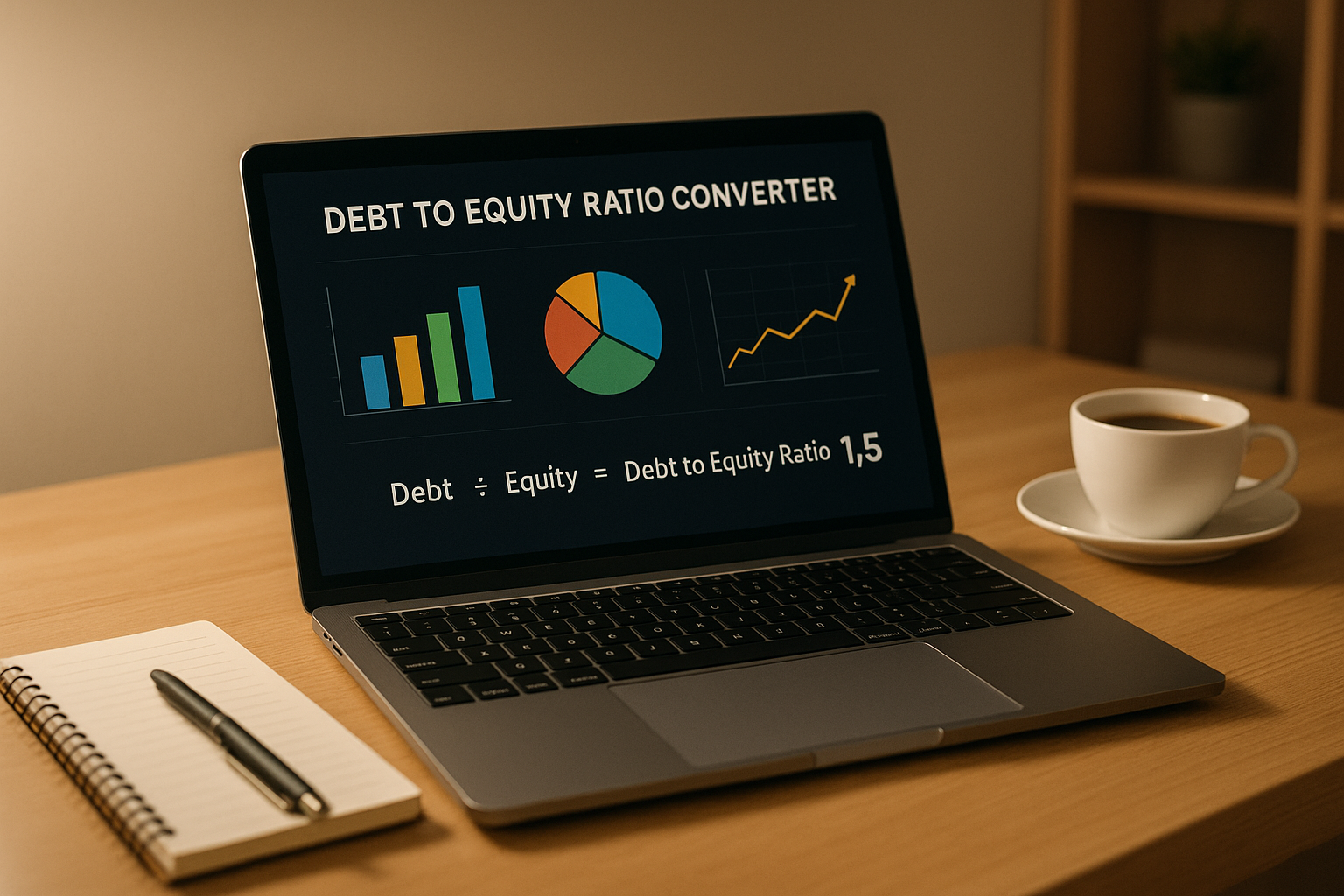SBA loans can be a great way to finance your business, but they come with fees that can add up quickly. Here's what you need to know:
- Guarantee Fees: These are calculated based on the SBA-guaranteed portion of your loan. For fiscal year 2025, loans of $1,000,000 or less have no guarantee fees. For larger loans, fees range from 2% to 3.75% of the guaranteed portion.
- Closing Costs: Expect 2%-3% of the loan amount for attorney fees, appraisals, and other administrative charges. Some costs must be paid upfront, while others can be rolled into the loan.
- Annual Fees: For SBA 504 loans, annual servicing fees range from 0.625% to 2% of the unpaid principal. SBA 7(a) loans don’t pass annual fees directly to borrowers.
- Prepayment Penalties: For SBA 7(a) loans with terms over 15 years, penalties apply if you prepay more than 25% in the first three years. SBA 504 loans have a more complex penalty structure that decreases over time.
- Fee Changes: SBA fees are reviewed annually and can change mid-year. For example, guarantee fees were updated in March 2025.
Understanding these fees is key to estimating your total borrowing costs. Always confirm with your lender how fees will be handled - whether rolled into the loan or deducted upfront - to avoid surprises.
How SBA Lending Works: Government Subsidies & Loan Fees Explained
SBA Guarantee Fees Explained
SBA guarantee fees are essentially a way for the Small Business Administration (SBA) to manage the risk associated with guaranteeing a portion of a loan. These fees, which are typically passed on to the borrower, help the SBA cover potential losses if a borrower defaults on their loan. They apply to 7(a) and 504 loans but are not charged for SBA microloans.
The fees are calculated based on the SBA-guaranteed portion of the loan rather than the total loan amount. Since the SBA generally guarantees only a percentage of the loan - typically around 75%, depending on the loan size and type - this percentage becomes the basis for the fee calculation.
2025 Guarantee Fee Rates
The SBA revises its guarantee fee rates annually. For fiscal year 2025, a major change benefits smaller borrowers: starting March 27, 2025, loans of $1,000,000 or less will have no guarantee fee at all (0.0%).
For loans exceeding $1,000,000, the guarantee fee structure for 7(a) loans in 2025 depends on the loan amount and the repayment term:
For loans with terms over 12 months:
- Loans up to $150,000: 2% of the guaranteed portion
- Loans between $150,001 and $700,000: 3% of the guaranteed portion
- Loans from $700,001 to $5,000,000: 3.5% of the guaranteed portion for the first $1,000,000, plus 3.75% for any guaranteed amount above $1,000,000
For short-term loans (12 months or less):
The fee is 0.25% of the guaranteed portion, regardless of the loan size.
Meanwhile, SBA 504 loans offer an even better deal for 2025, with a 0.0% guarantee fee in place for the entire fiscal year.
How to Calculate Guarantee Fees
Let’s break down how to calculate these fees. Suppose you take out a $1,500,000 SBA 7(a) loan with a 10-year term, and the SBA guarantees 75% of the loan amount, which equals $1,125,000.
Here’s how the fee is calculated:
- First $1,000,000 of the guaranteed portion: 3.5% of $750,000 = $26,250
- Remaining $500,000 of the guaranteed portion: 3.75% of $375,000 = $14,062.50
Total guarantee fee: $26,250 + $14,062.50 = $40,312.50
For loans of $1,000,000 or less, this fee is waived entirely as of March 2025.
Lenders typically handle these fees in one of two ways: they may include the fee in the total loan amount, so you repay it through monthly payments, or they might deduct the fee from the loan proceeds before disbursing funds. It’s crucial to confirm this with your lender, as it can impact the cash you receive at closing. Additionally, the SBA provides an online calculator to help borrowers estimate guarantee fees.
Recent Changes to Fee Structure
One of the most notable changes came in March 2025, when the SBA updated its fee structure for the remainder of the fiscal year. These changes apply to loans processed on a delegated basis where the SBA issues a loan number on or after March 27, 2025. The SBA revises 7(a) loan fees annually to ensure the program remains financially sustainable, and these updates are part of efforts to maintain the program’s zero-subsidy status.
The elimination of guarantee fees for loans of $1,000,000 or less translates to significant savings for many small business borrowers. Additionally, veteran-owned businesses may qualify for a complete waiver of guarantee fees on SBA Express loans, offering even more financial relief.
Given these updates and the possibility of annual adjustments, borrowers should always check the current fee schedule or consult a financial advisor before applying for an SBA loan. Staying informed can help you take full advantage of potential cost savings.
Other SBA Loan Costs You'll Pay
When taking out an SBA loan, it's essential to understand that guarantee fees are just one part of the equation. Several other charges come into play, and being aware of these upfront can help you budget more effectively. Here's a breakdown of the additional costs you might encounter.
Closing Costs Breakdown
For SBA 504 loans, closing costs typically range between 2% and 3% of the total loan amount. These costs include a variety of fees, such as:
- Attorney fees
- Broker fees
- Appraisal fees (for real estate or heavy equipment)
- Environmental report costs (for real estate transactions)
- Packaging fees
- Title fees, recording fees, and title insurance fees [16,18]
Real estate transactions generally come with more fees compared to equipment financing.
Additionally, SBA 504 borrowers pay a one-time $1,500 application fee and a closing fee of up to 1% of the gross-debenture amount, capped at $10,000. While lenders may charge packaging fees, the SBA requires these to be reasonable, customary, and consistent with fees charged for similar non-SBA commercial loans. Some of these costs can be rolled into the loan, but others will need to be paid upfront.
Monthly and Annual Fees
If you're taking out an SBA 504 loan, expect to pay monthly servicing fees based on the unpaid principal balance. These fees typically range from 0.625% to 2% annually, with a rate of 1.5% per year for rural areas. There's also an annual fee charged by the SBA to the lender, which might be passed on to you. For fiscal year 2025, this fee is set at 0.331% of the outstanding balance.
SBA 7(a) loans, on the other hand, work differently. While lenders pay an annual service fee to the SBA, they are not allowed to pass this cost on to borrowers. This means borrowers with 7(a) loans avoid annual fees altogether.
Early Payment Penalties
If you plan to pay off your loan early, it's crucial to understand the penalties involved.
For SBA 7(a) loans, there’s no prepayment penalty for loans with terms under 15 years. However, for loans with terms of 15 years or more, penalties apply if you prepay more than 25% of the outstanding balance within the first three years. The penalty decreases over time: 5% in the first year, 3% in the second year, and 1% in the third year [20,21,23].
SBA 504 loans, however, always include prepayment penalties, and their structure is more complex. For loans with 20- or 25-year terms, the penalty decreases over 10 years, while for 10-year loans, it declines over 5 years [21,22,24]. Initially, the penalty equals the full interest on the remaining principal for the first year. It then decreases by 10% each year for longer loans and by 20% each year for 10-year loans [21,22,24].
To reduce prepayment penalties, you might consider a 7(a) loan with a term of less than 15 years if your cash flow allows. For 504 loans, it’s important to consider the penalty schedule in your financial planning. If you’re planning to sell a property, you could explore whether the buyer assuming your loan might help you avoid penalties. Preparing for these potential costs upfront can save you from unwanted surprises later on.
sbb-itb-a3ef7c1
SBA 7(a) vs SBA 504 Fee Comparison
When choosing between SBA 7(a) and SBA 504 loans, understanding their fee structures can help you determine which option aligns better with your financing needs. Both programs allow you to roll fees into the loan amount, but their cost structures differ significantly.
Key Fee Differences
SBA 7(a) loans include a guarantee fee ranging from 2% to 3.5% of the guaranteed portion of the loan. This fee increases with the size of the project and helps ensure lenders are reimbursed in case of borrower default.
SBA 504 loans, on the other hand, come with a combination of upfront fees, annual service fees, and CDC processing fees. Together, these typically amount to 2% to 4% of the total financing. For loans exceeding $1 million, SBA 504 loans often present a more economical choice, particularly for financing commercial real estate or equipment purchases.
Both loan types allow you to finance fees as part of the loan, helping you preserve working capital.
Fee Comparison Table
| Fee Component | SBA 7(a) Loans | SBA 504 Loans |
|---|---|---|
| Guarantee Fee | 2% to 3.5% of the guaranteed portion | Bundled fees |
| Total Fee Range | 2% to 3.5% of the guaranteed portion | 2% to 4% of the total financing |
| Annual Service Fee | Not separately charged | Charged by the CDC |
| Processing Fees | Packaging fees | CDC processing and servicing fees |
| Other Closing Costs | Third-party reports, lien filings, title charges | Third-party reports, lien filings, title charges |
| Fee Financing | Fees can be included in the loan | Fees can be included in the loan |
| Cost Advantage | Higher costs for loans over $1M | Lower costs for loans over $1M |
Choosing the Right Loan for Your Needs
While the fee comparison provides valuable insight, your decision shouldn’t be based on fees alone. SBA 504 loans are typically better suited for commercial real estate or equipment purchases, whereas SBA 7(a) loans offer greater flexibility for business acquisitions or working capital. Keep in mind that SBA guidelines prohibit using 504 loans for business acquisitions.
Since SBA fee structures can change, it’s crucial to get updated fee quotes when you're ready to apply.
How Clearly Acquired Helps with SBA Loan Financing

Breaking down SBA fees is one thing, but understanding how to navigate them during a business acquisition is another challenge entirely. Clearly Acquired simplifies this process with a tech-driven platform that combines loan brokerage, deal management, and expert advisory into a single, user-friendly solution. By connecting every step of the financing process, they make it easier to handle the often-complicated world of SBA loans.
Making the Loan Process Easier
SBA loans come with a lot of moving parts, but Clearly Acquired’s platform takes much of the headache out of the equation. With its intuitive deal management tools and automation, the platform centralizes everything - lender comparisons, fee calculations, and documentation - into one streamlined dashboard.
Their identity verification and financial qualification tools speed up pre-approval by evaluating your creditworthiness and providing accurate fee estimates for both SBA 7(a) and SBA 504 loans. Thanks to real-time analytics, you’ll always have up-to-date fee information at your fingertips.
On top of that, their loan brokerage services connect you with multiple SBA-approved lenders simultaneously. This means you can compare not just interest rates but also the full breakdown of fees, from guarantee fees to closing costs. The platform gives you a detailed view of your total costs, showing what can be rolled into the loan and how different loan structures impact your overall expenses.
SBA Loan Education and Support
Understanding SBA loan fees goes beyond just knowing numbers - it’s about grasping the bigger picture. Clearly Acquired provides educational tools and expert guidance to help you navigate the finer details of guarantee fees, closing costs, and timing.
Their advisory team breaks down the differences between SBA 7(a) and SBA 504 fees, helping you choose the option that aligns with your long-term goals. The platform also offers comprehensive analytics to show your total borrowing costs over the life of the loan, giving you a clear view of what to expect and helping you avoid surprises when it’s time to close.
Complete Solutions for Business Buyers
Clearly Acquired doesn’t just stop at loan financing - they integrate support for the entire acquisition process. With verified deal flow and curated business listings, you can identify potential acquisition targets while simultaneously securing the right SBA loan structure.
The custom dashboard lets you track both acquisitions and pre-qualified financing side by side, so you’ll know your estimated SBA loan fees before making an offer. The platform’s in-platform messaging connects you directly with business owners, brokers, and SBA lenders, simplifying negotiations around purchase prices and financing terms.
To top it off, their AI-powered tools match your acquisition needs with the best SBA loan products available. Whether you’re looking for working capital, equipment financing, or a combination of solutions, Clearly Acquired helps structure your financing to meet SBA requirements while keeping fees manageable.
For those new to SBA financing, Clearly Acquired also offers a business acquisition course that walks you through every detail of SBA loan fees - what you’ll pay, when payments are due, and how to negotiate better terms with lenders. It’s a complete resource for anyone looking to navigate SBA loans with confidence.
Key Points About SBA Loan Fees
SBA loan fees can significantly influence the total cost of borrowing, so understanding them is essential. From guarantee fees that range between 0.25% and 3.75% of the guaranteed portion to closing costs and potential penalties, these fees can add up quickly, affecting your financial planning and overall loan costs.
Know Your Costs Before You Borrow
Before committing to an SBA loan, it’s critical to understand all associated fees. For example, guarantee fees on mid-sized loans often amount to thousands of dollars. Since these fees are typically financed upfront, they increase your total loan amount and, ultimately, your repayment obligations.
In addition to guarantee fees, borrowers should anticipate closing costs, annual servicing fees, and penalties. Late payment fees, for instance, are generally 5% of the overdue amount or a minimum of $100 if the payment is more than 10 days late. Prepayment penalties can be even more substantial. For certain SBA loans, paying off the balance early might result in a 5% penalty on the remaining amount - potentially costing tens of thousands of dollars.
The SBA revises its fee structures annually. Currently, for a $100,000 loan, the guarantee fee is $1,700 (1.7%). However, these rates are subject to change based on economic conditions and SBA policy updates.
It’s also worth noting that fees differ between SBA loan types. For instance, SBA 7(a) loans often have higher guarantee fees for larger loan amounts, while SBA 504 loans may incur steeper closing and ongoing servicing fees throughout the loan term. Knowing these differences can help you select the loan that aligns better with your financial goals.
Given these complexities, seeking professional advice can make managing these fees much easier.
Get Help Managing SBA Loan Complexity
Understanding and managing SBA loan fees can be challenging, especially with their tiered structures, variable closing costs, and frequent policy changes. Even seasoned business owners may overlook critical details that could affect their overall costs. That’s where expert guidance becomes invaluable.
Clearly Acquired offers tools and resources to simplify the SBA loan process. Their platform provides real-time fee calculations and connects borrowers with multiple SBA-approved lenders. Beyond just showing you the numbers, their advisory team helps explain when payments are due, how fees impact your total costs, and what loan structures might work best for your business.
Additionally, Clearly Acquired’s educational resources, including a business acquisition course, break down complex topics like guarantee fee calculations and prepayment penalties. This knowledge equips borrowers to negotiate better terms and avoid costly mistakes that could hinder their business plans.
With SBA fees varying by lender and changing regularly, staying informed is critical. Clearly Acquired’s integrated approach combines expert advice with practical tools, helping you secure financing that supports your business goals while minimizing unnecessary expenses.
FAQs
What fees are associated with SBA loans, and how do they affect borrowing costs for small businesses?
SBA loans include several fees that can impact the overall cost for small businesses. Among the most common are guarantee fees, which usually fall between 0.25% and 3.75% of the guaranteed portion of the loan. Additionally, borrowers may encounter closing costs, application fees, and other charges.
These fees add to the total amount you’ll repay, increasing the overall cost of borrowing. Being aware of these expenses is crucial for assessing the full financial commitment of an SBA loan and planning your budget effectively.
What should borrowers know about SBA guarantee fees for fiscal year 2025?
Starting on March 27, 2025, the Small Business Administration (SBA) will reinstate guarantee fees for fiscal year 2025. These fees include the upfront guaranty fees and lender service fees, which borrowers need to consider when calculating the total cost of their loans.
If you're planning to apply for an SBA loan, make sure these fees are part of your financial planning to avoid unexpected expenses. It's a good idea to work closely with your lender to get a clear breakdown of all the costs involved.
What are the best ways for small business owners to reduce prepayment penalties on SBA loans?
To reduce prepayment penalties on SBA loans, small business owners can take some practical steps.
For SBA 7(a) loans, the prepayment penalties decrease each year and disappear entirely after three years. So, if possible, waiting until this three-year period is over can help you avoid extra fees. Another approach is to negotiate terms with your lender before signing or work with lenders that don’t include prepayment penalties. Opting for shorter loan terms can also reduce the chances of facing these penalties.
SBA 504 loans, however, generally don’t come with prepayment penalties if paid off early. This makes them a more flexible choice for certain borrowers. It’s always a good idea to carefully review your loan agreement to fully understand the terms and any potential fees tied to early repayment.


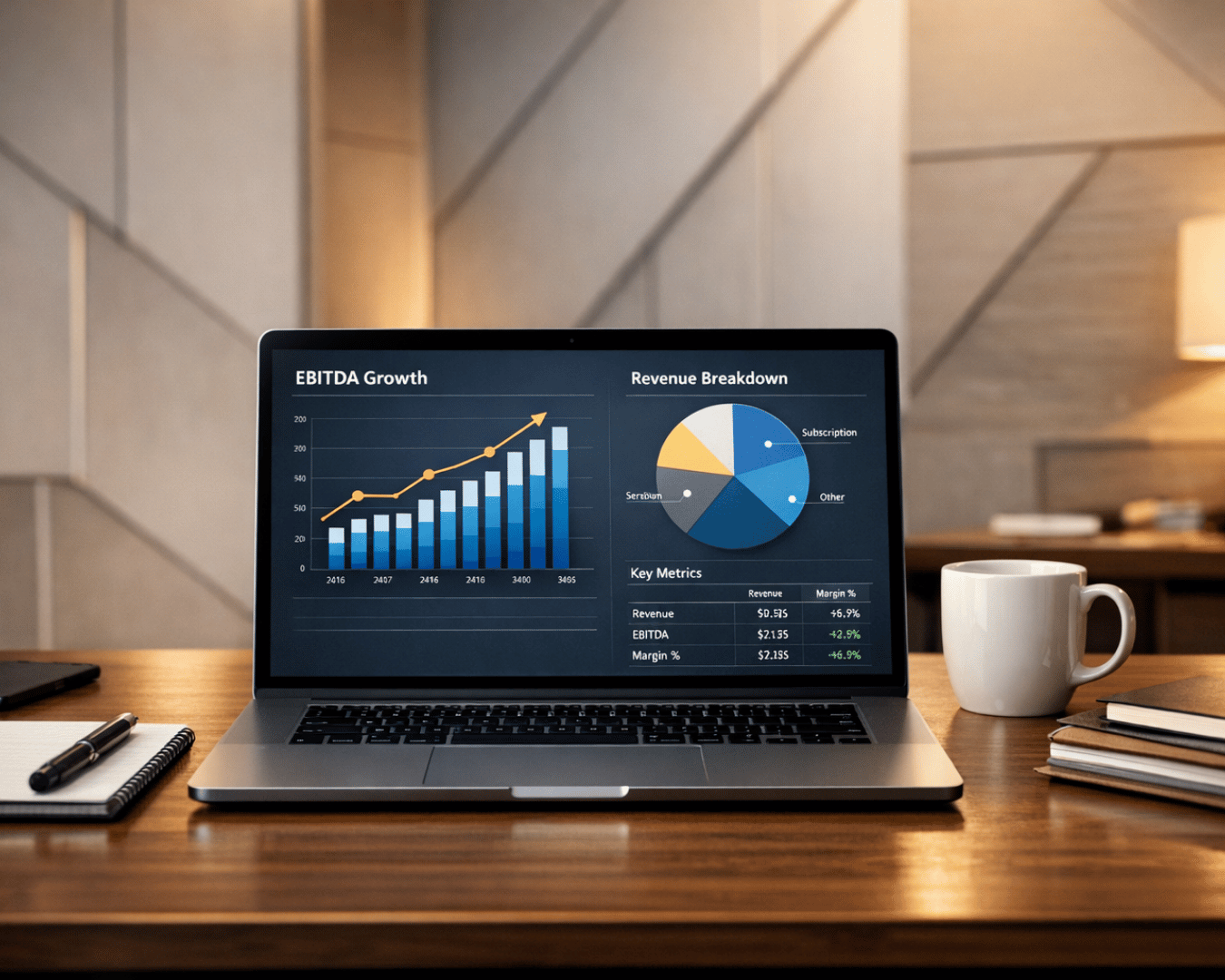

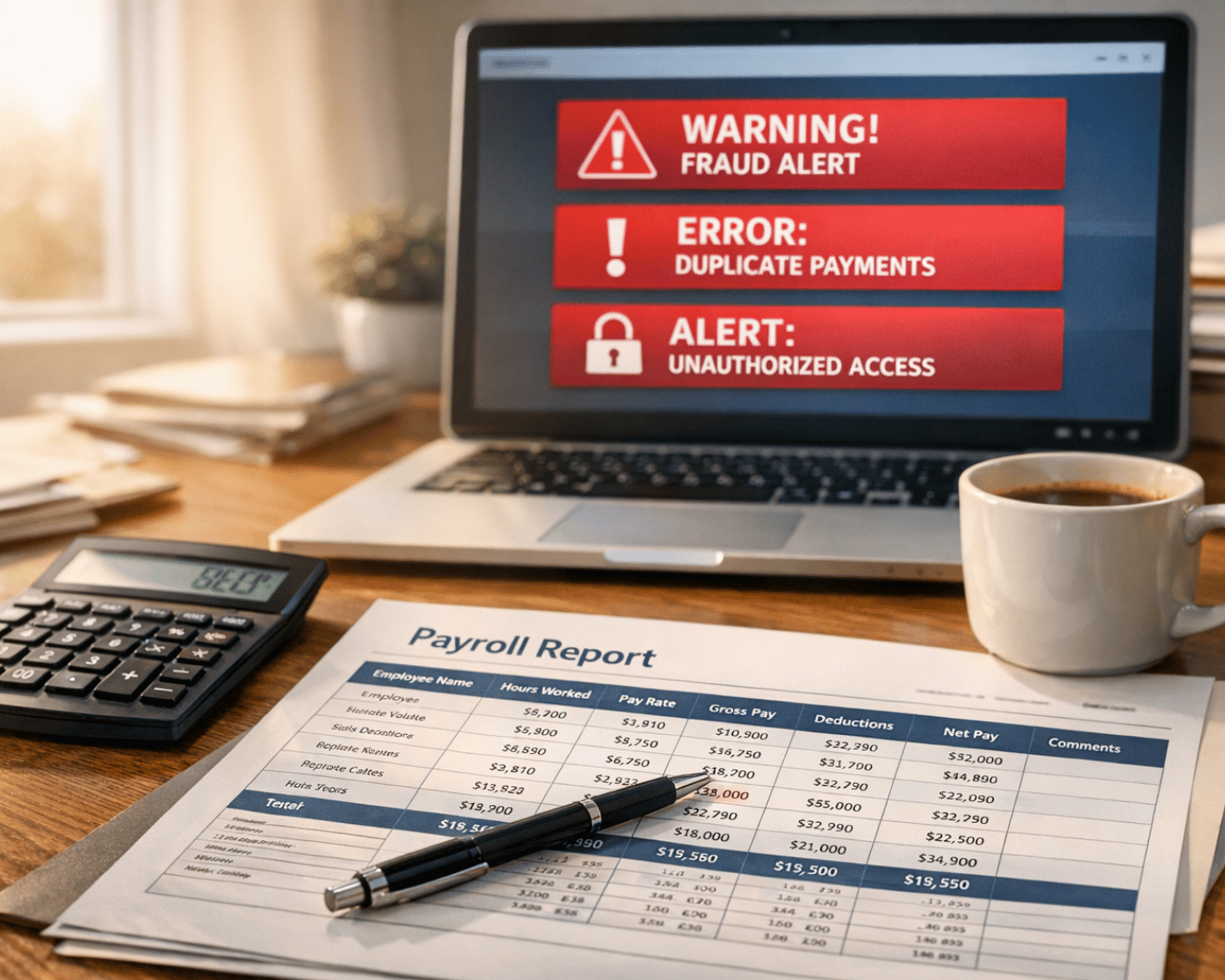






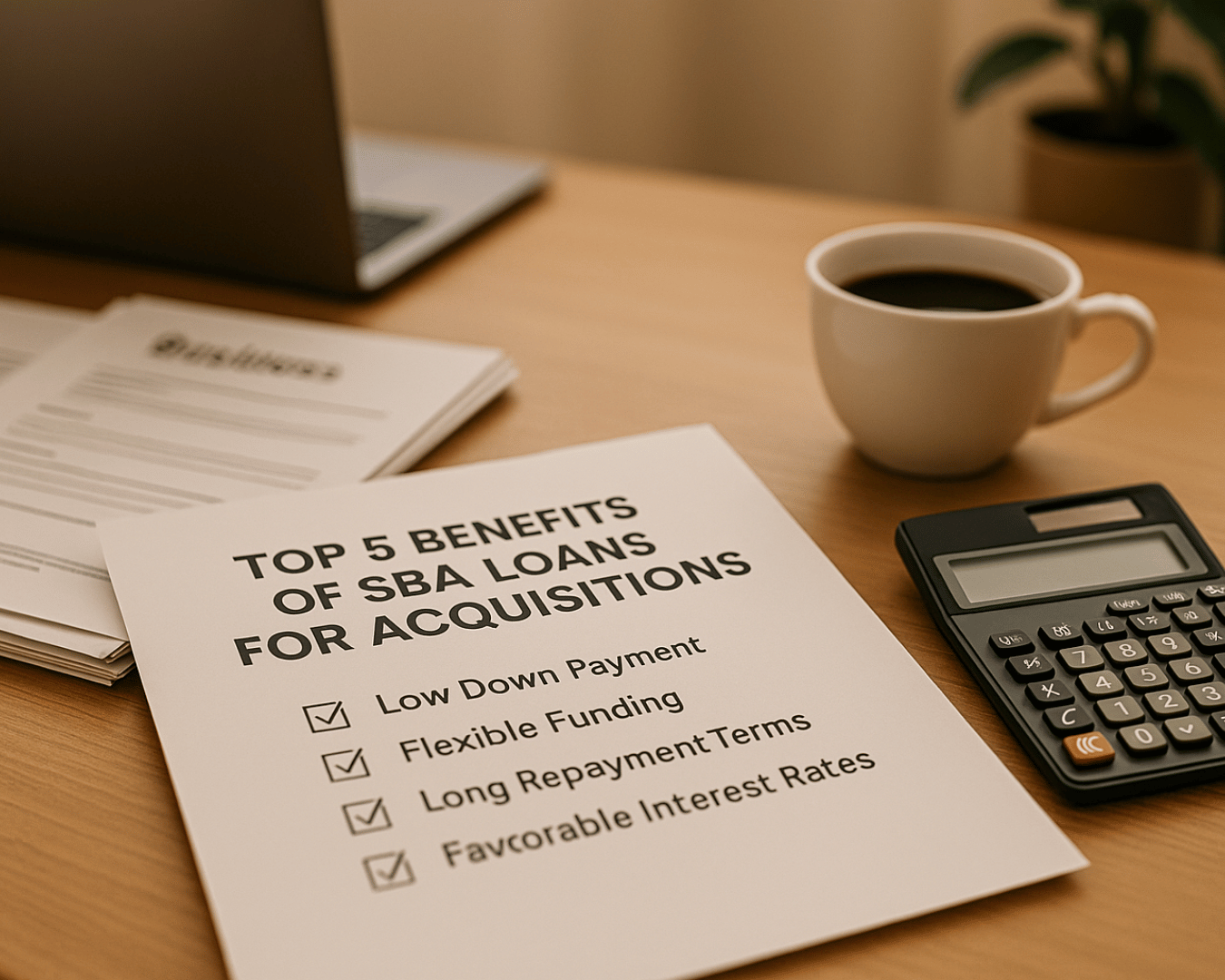

.png)
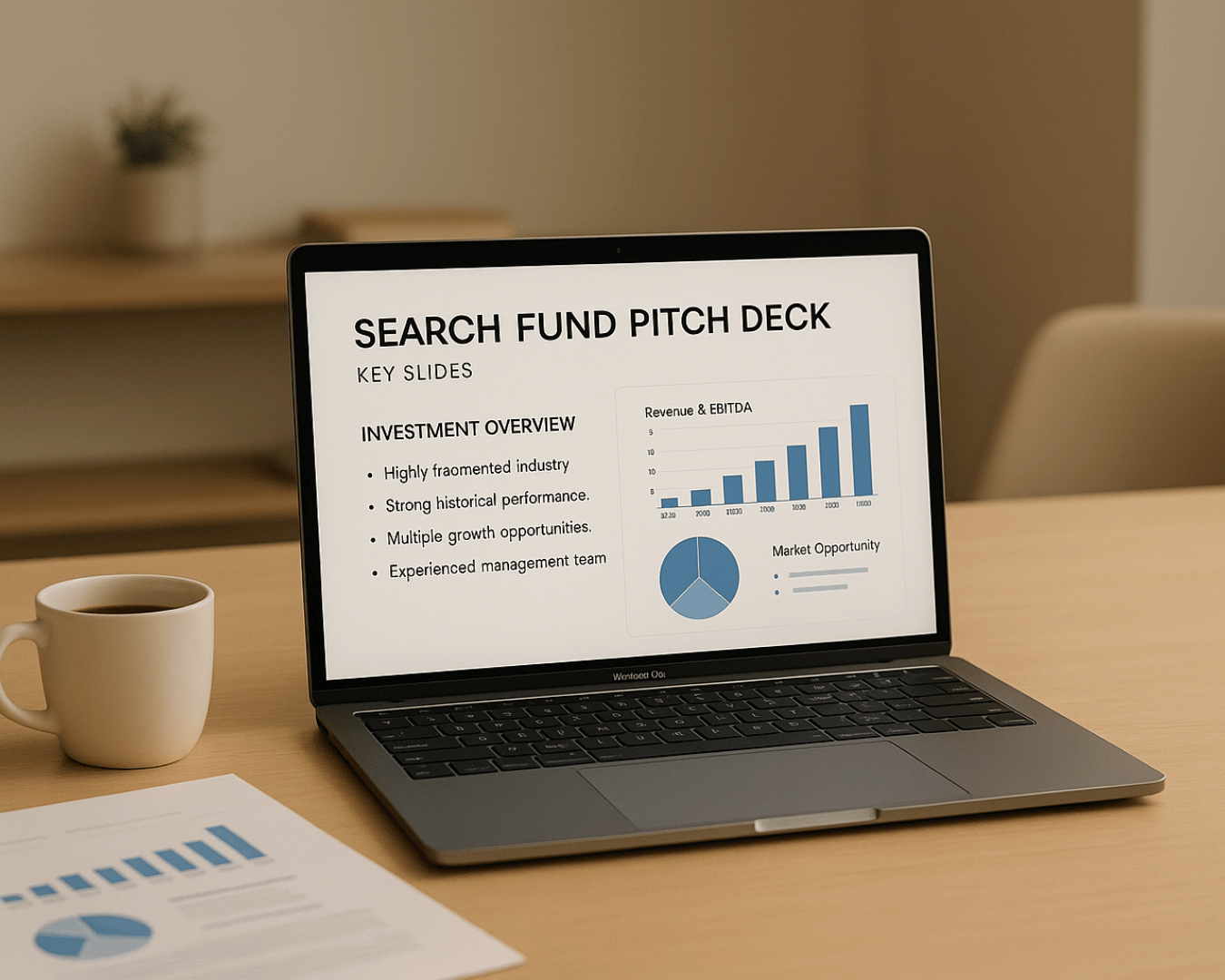
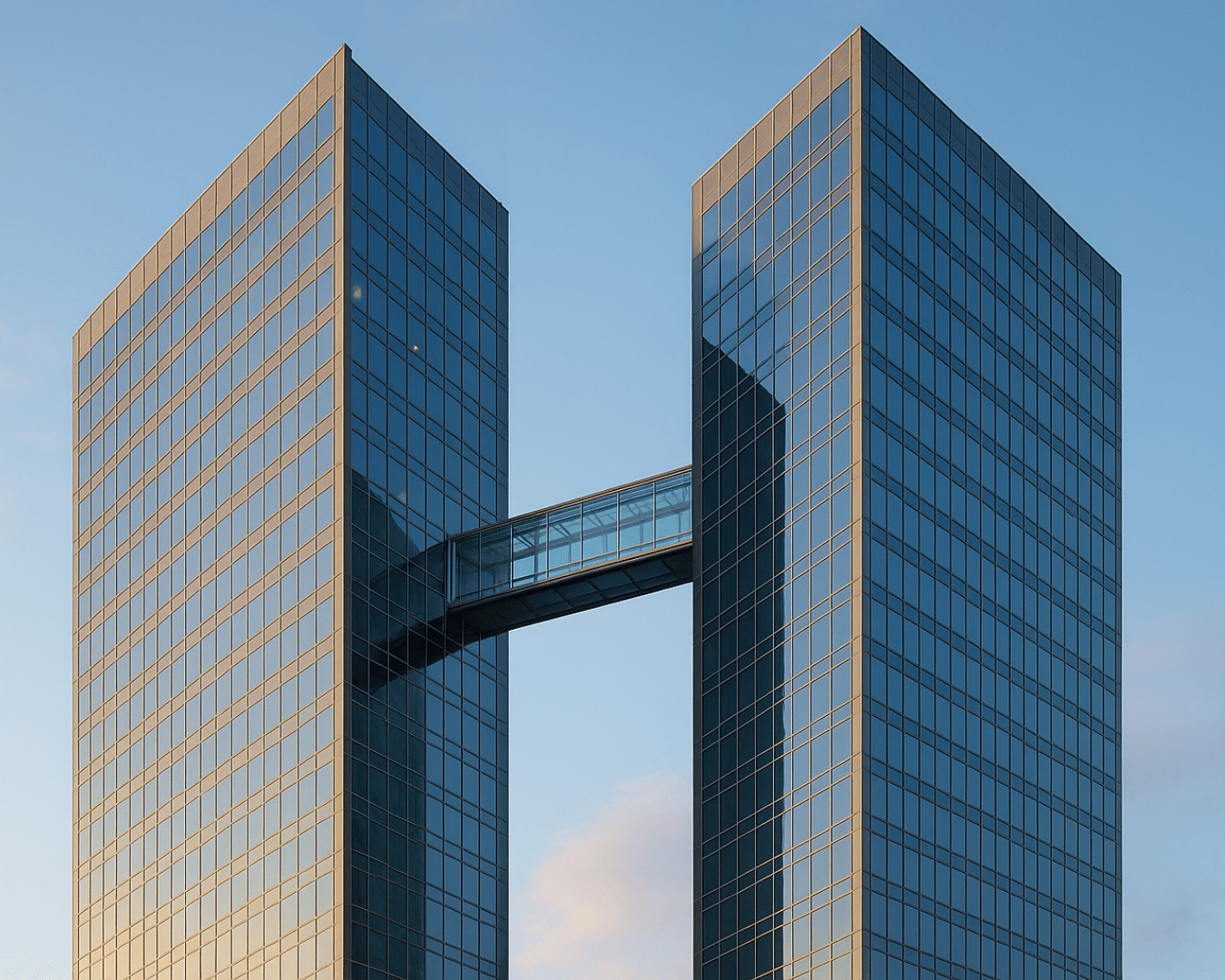










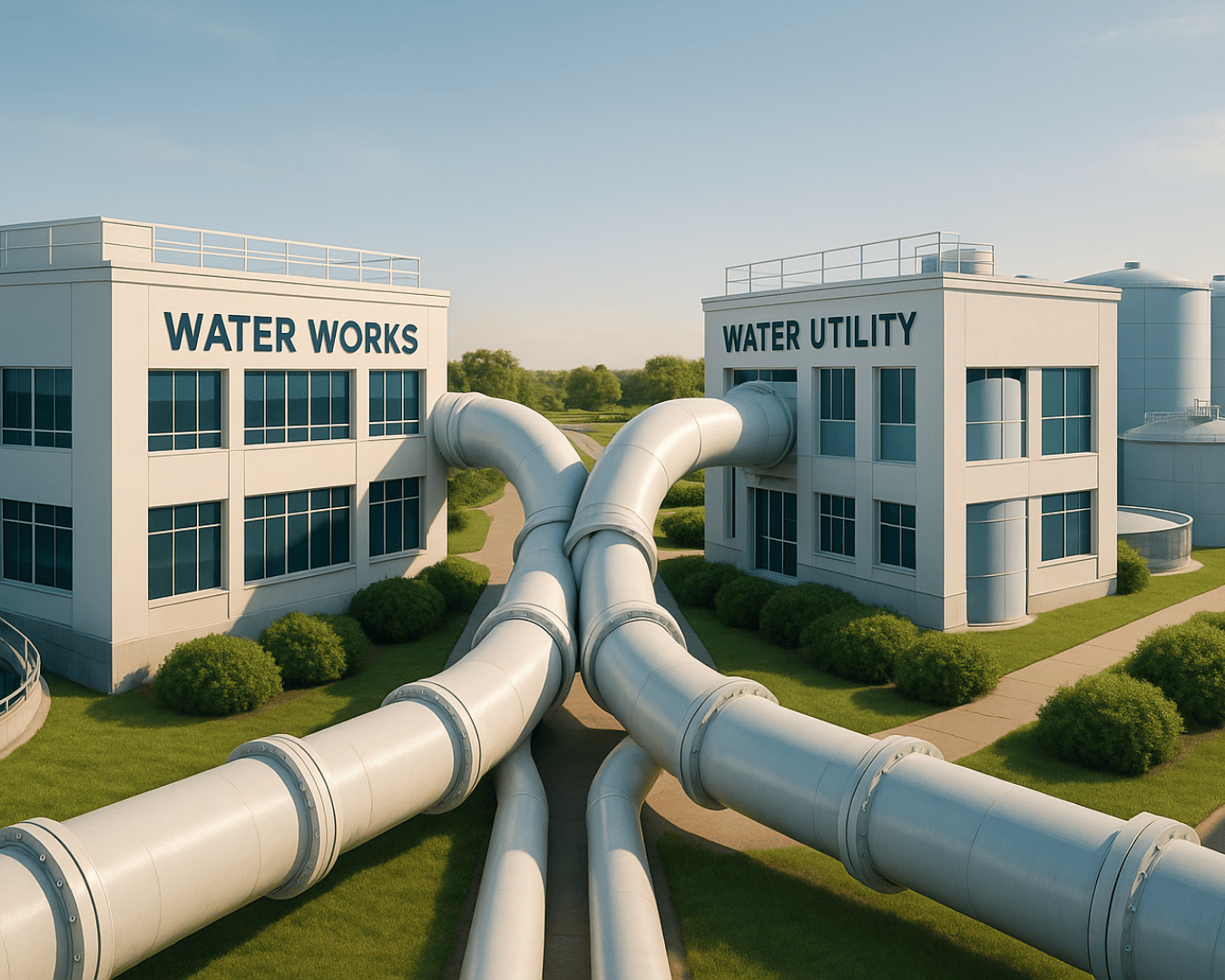

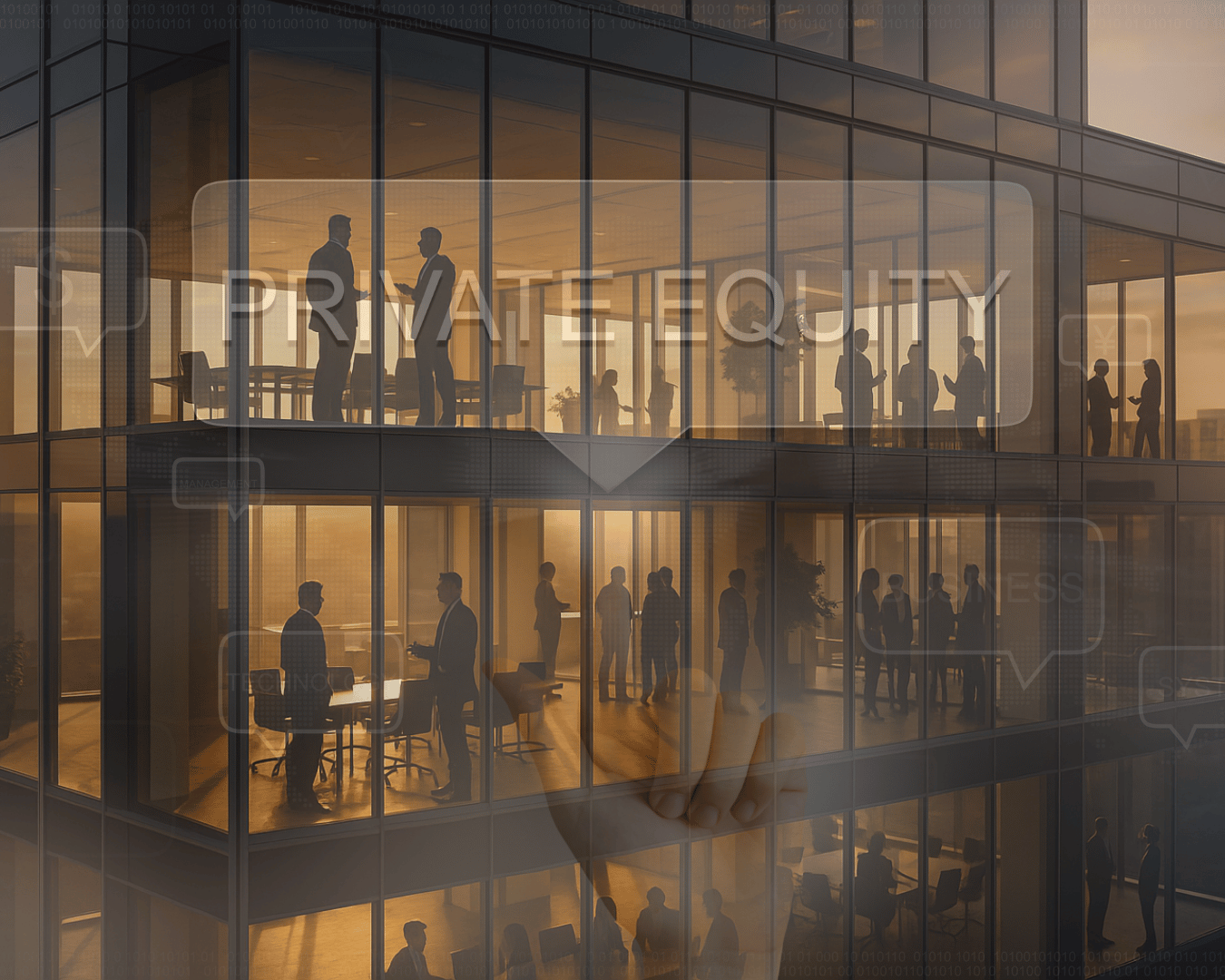
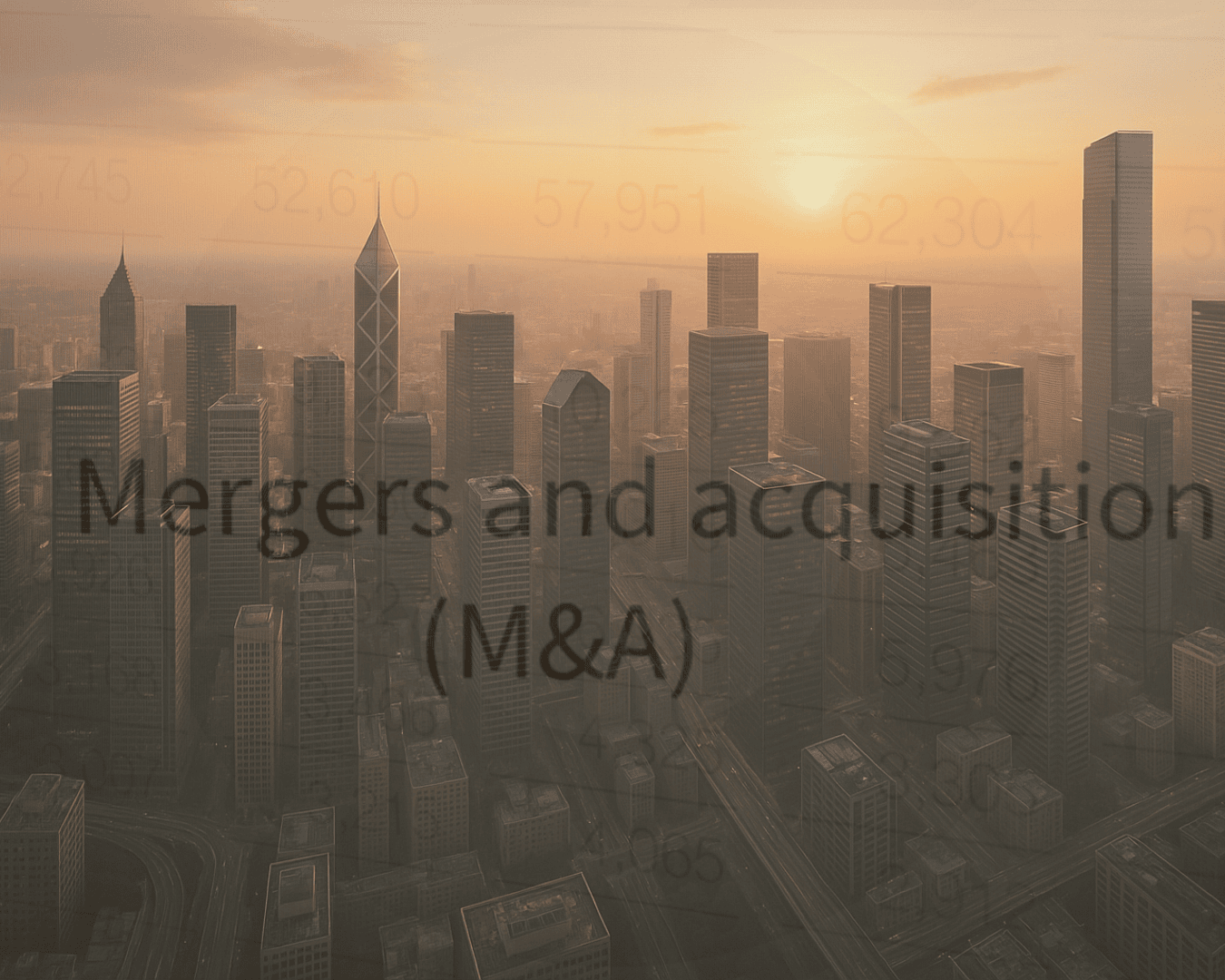

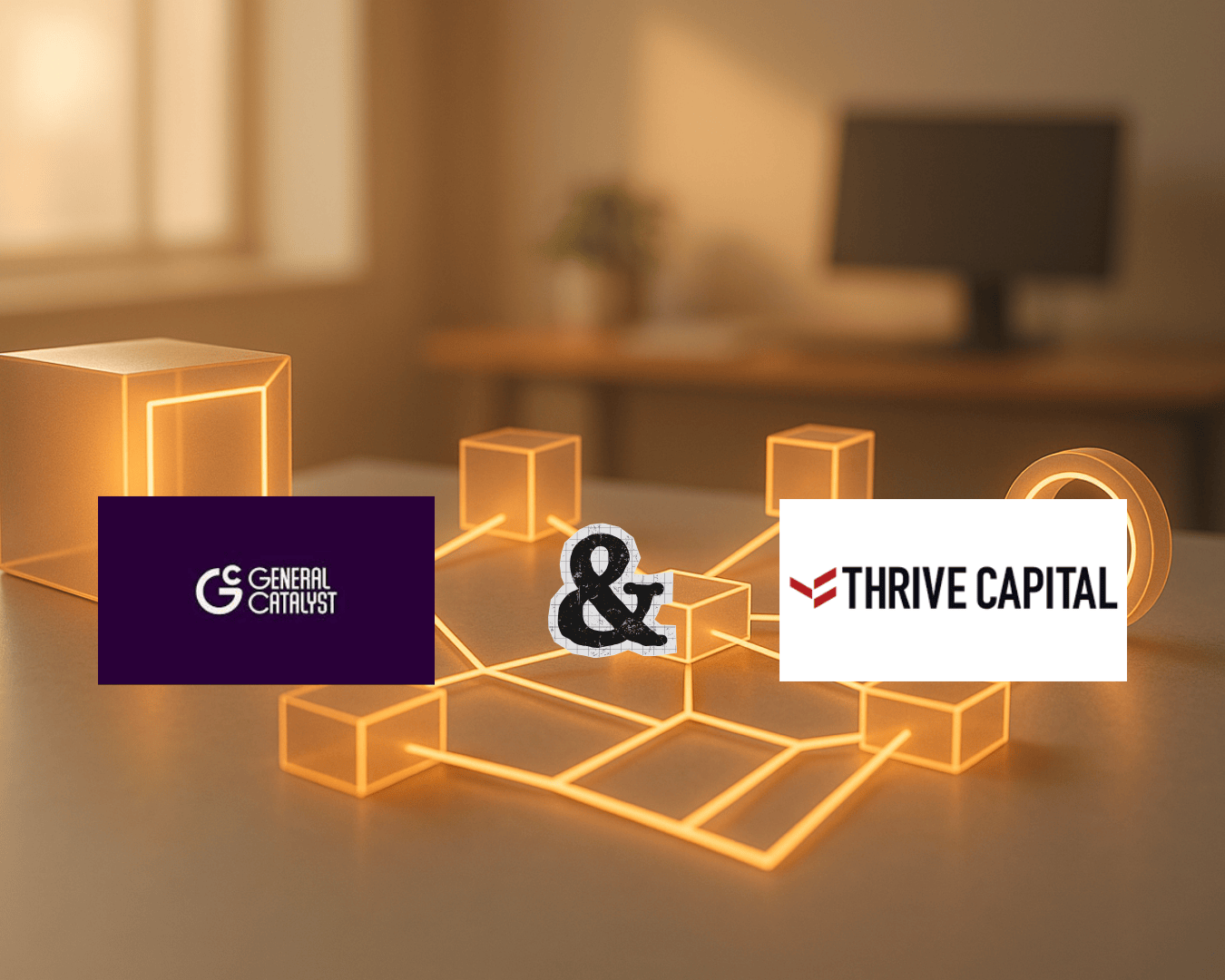


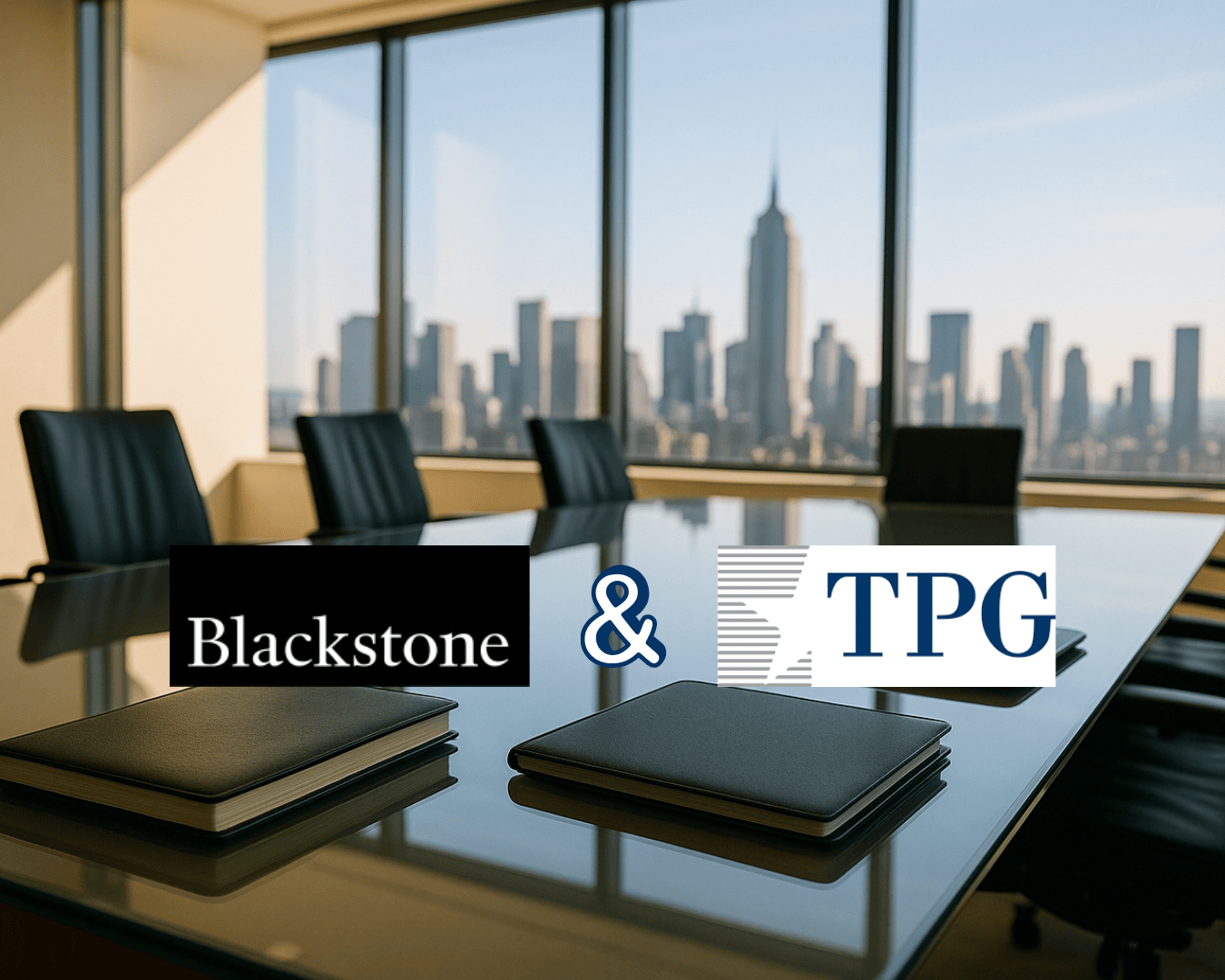



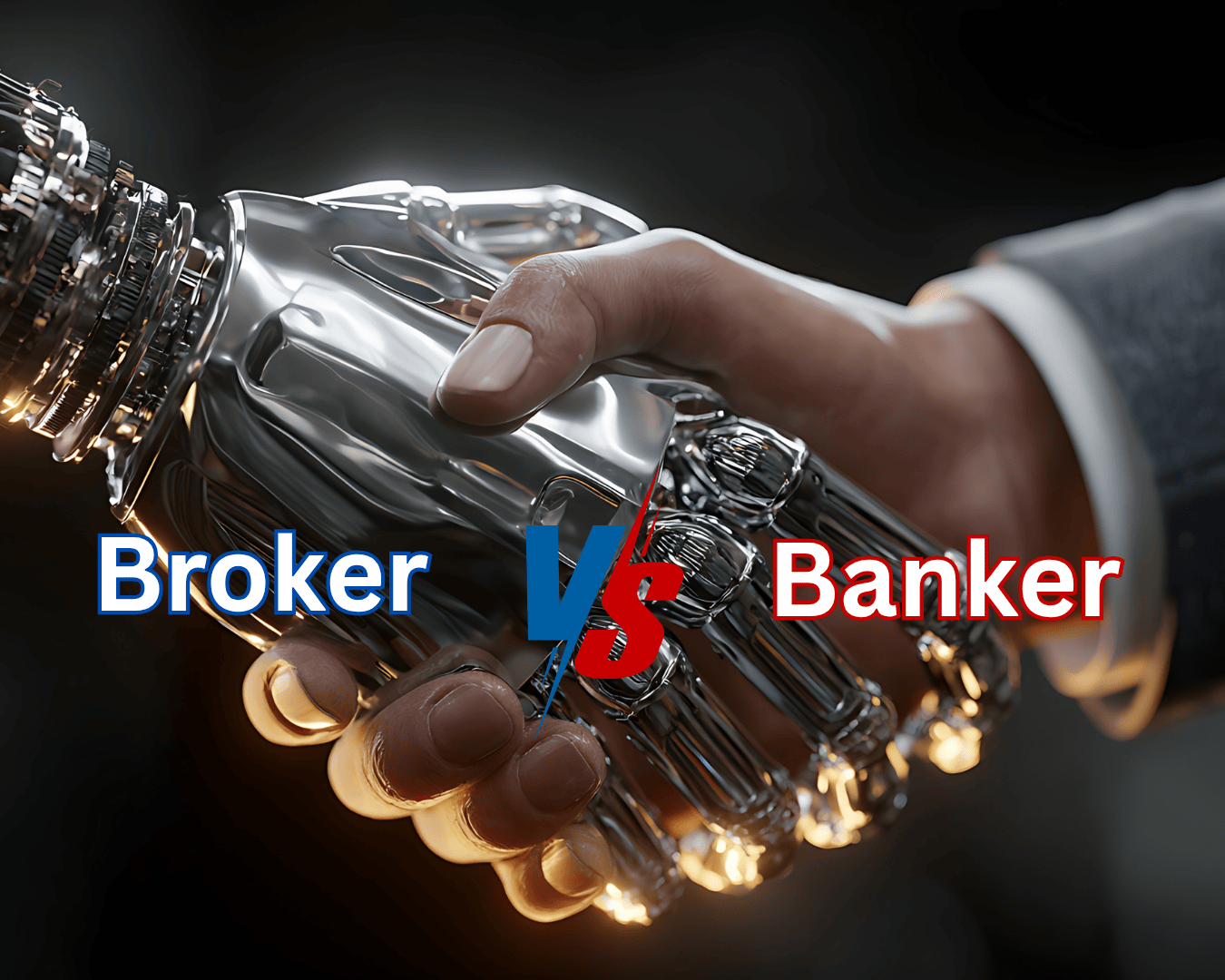
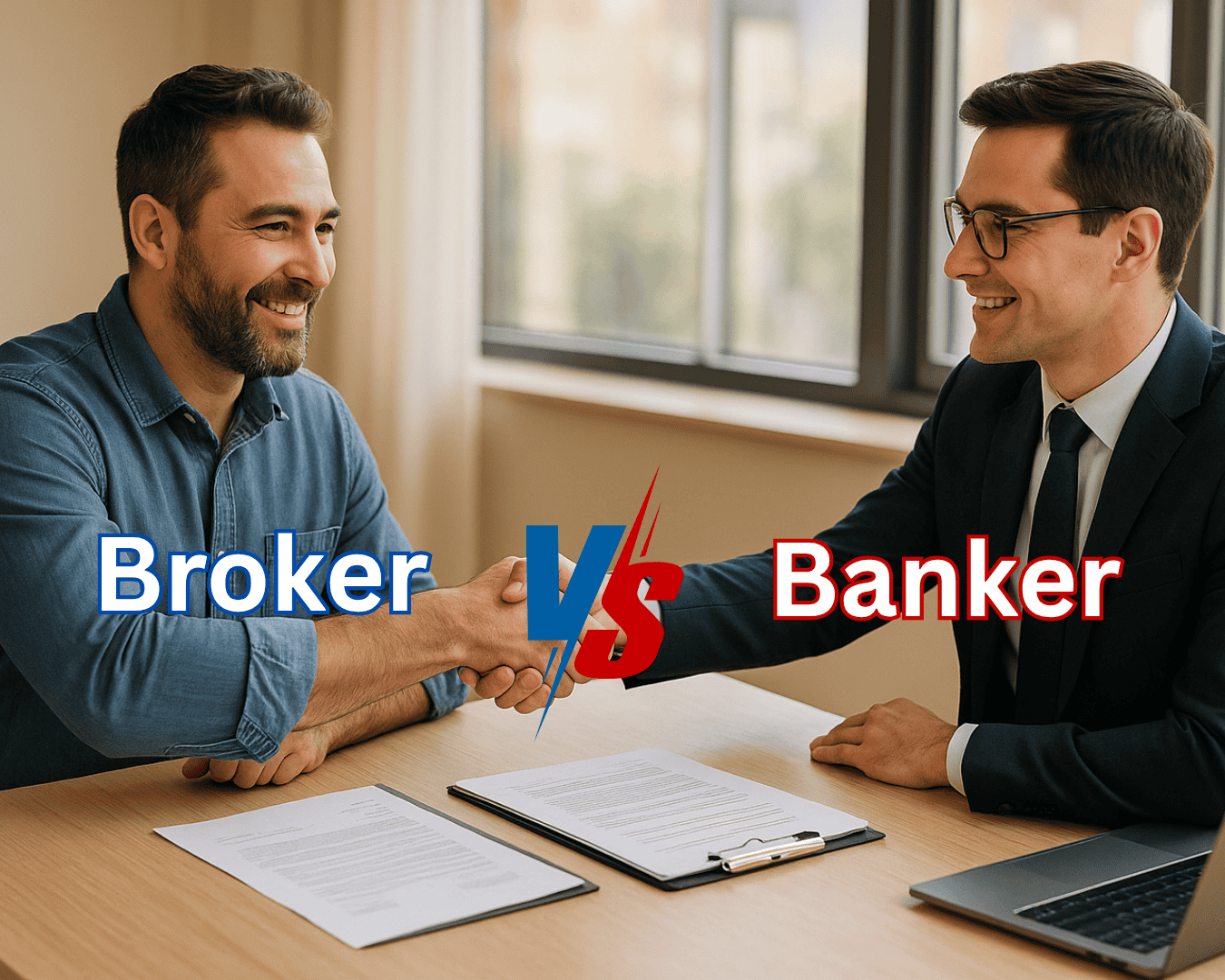
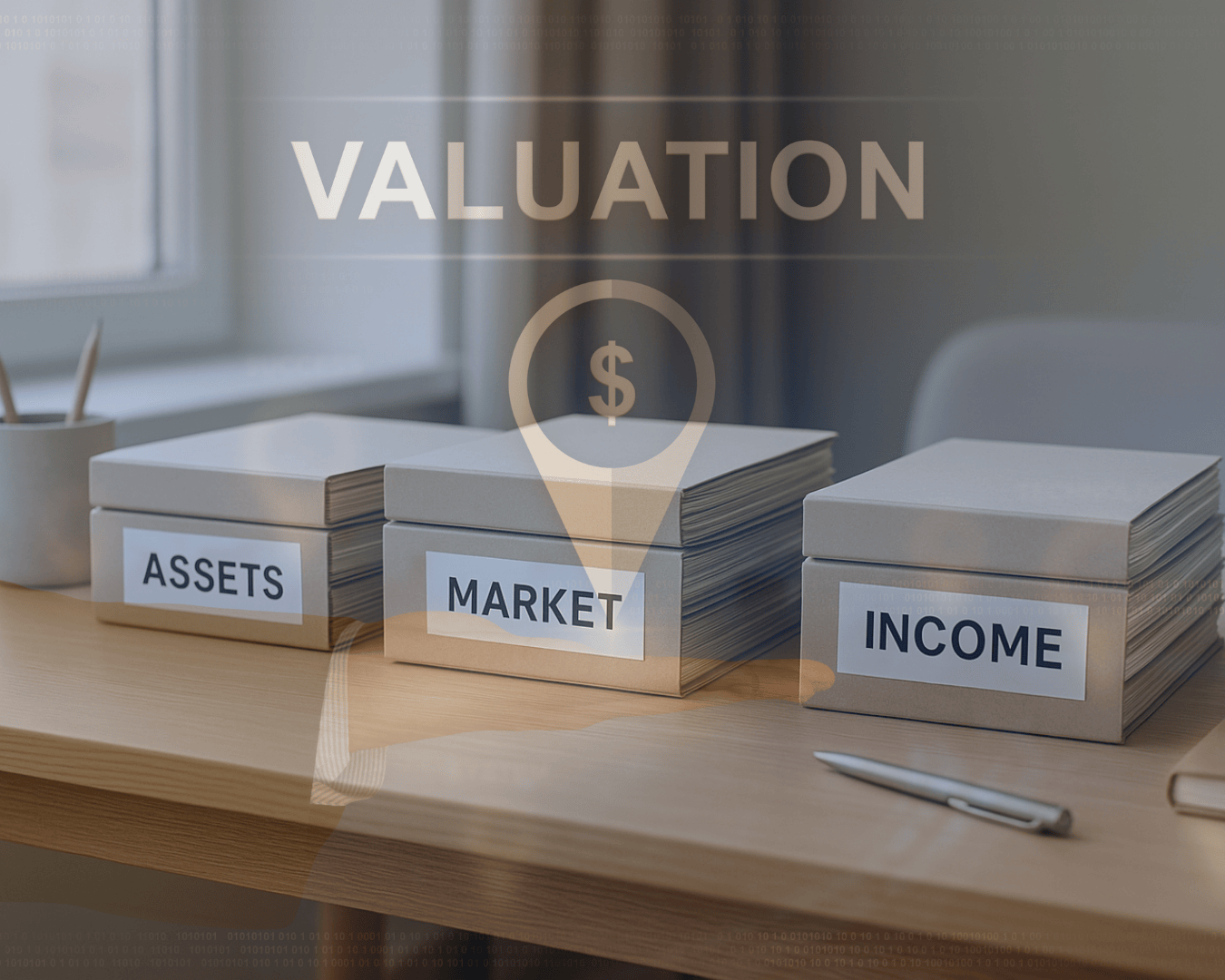
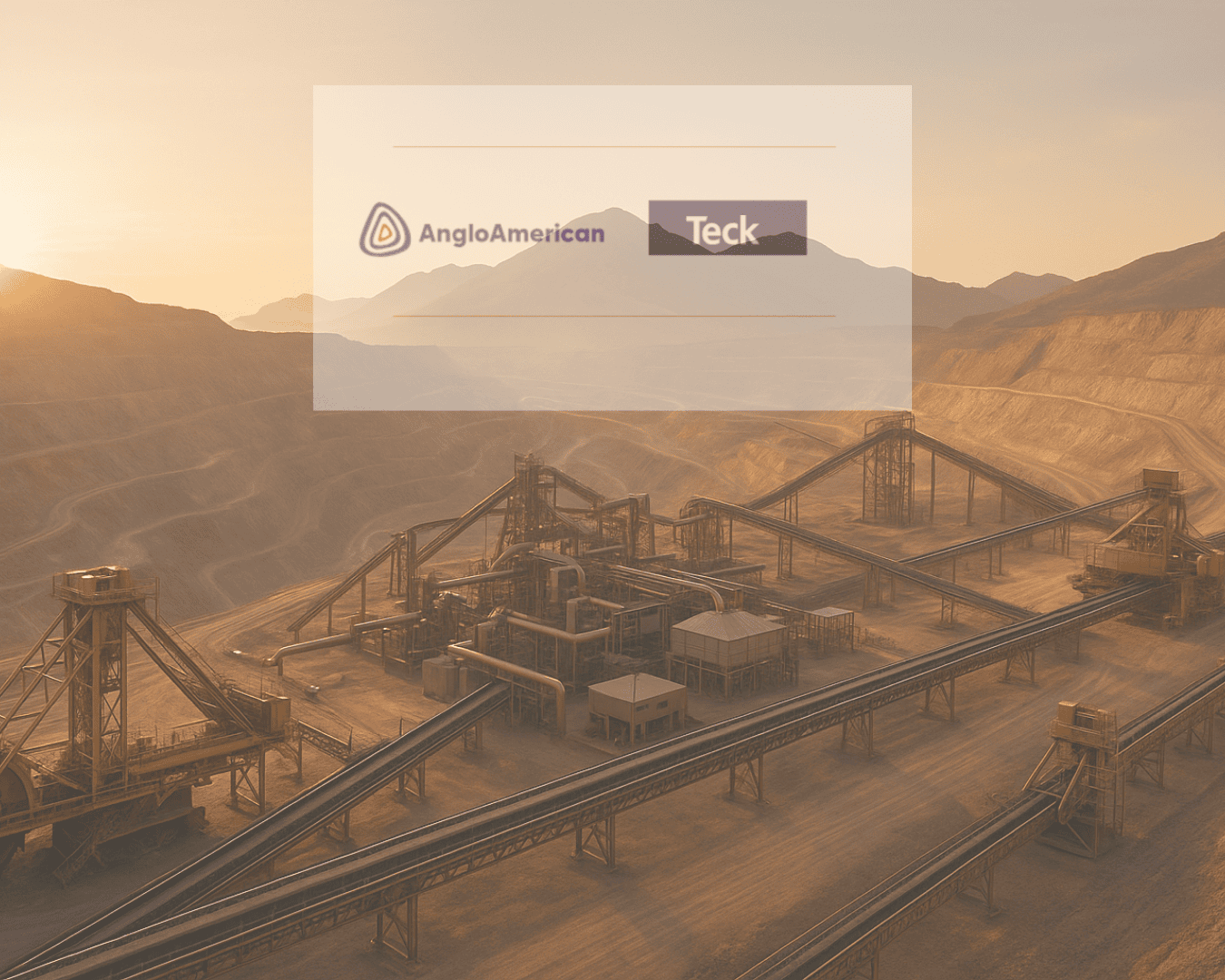

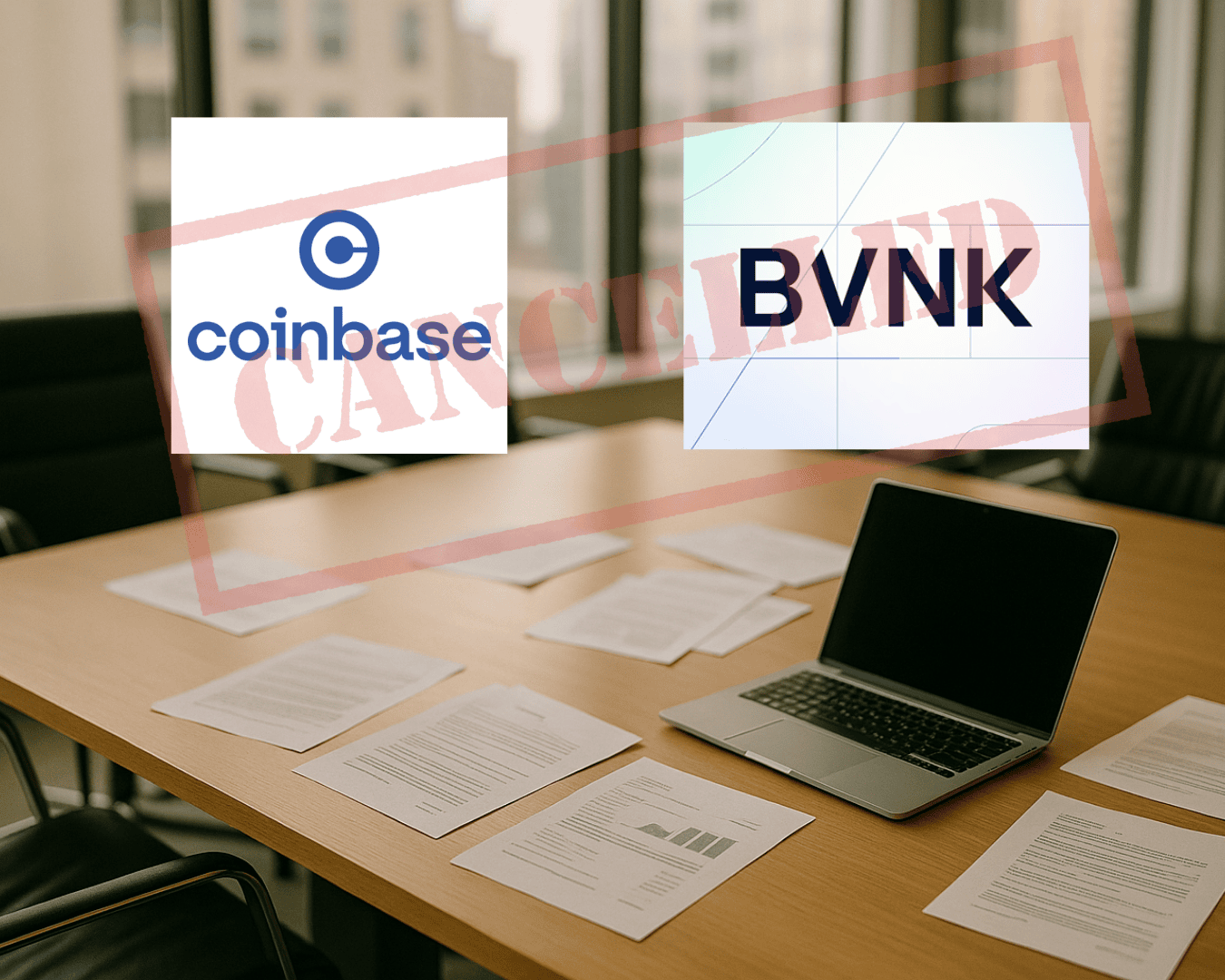
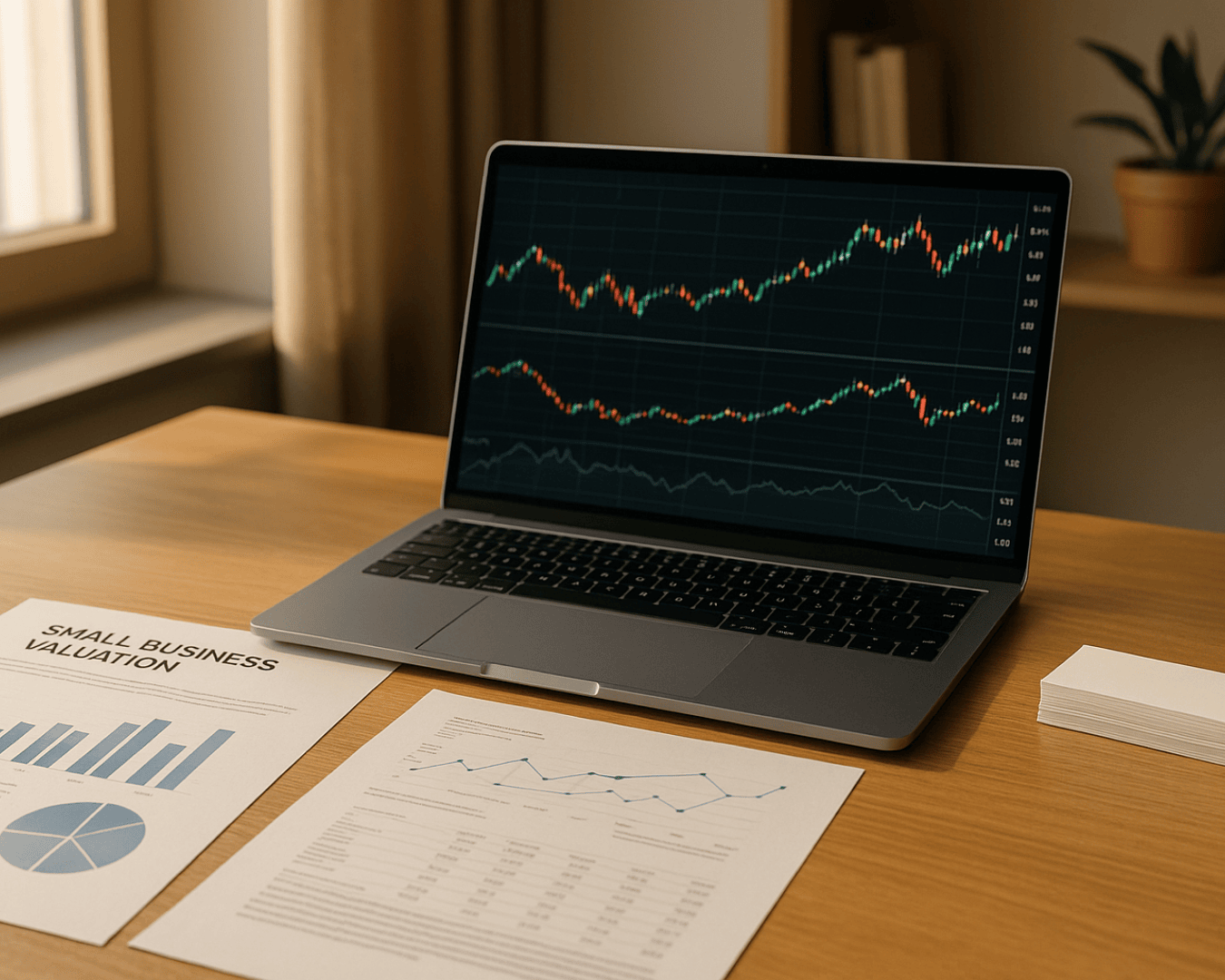








.png)
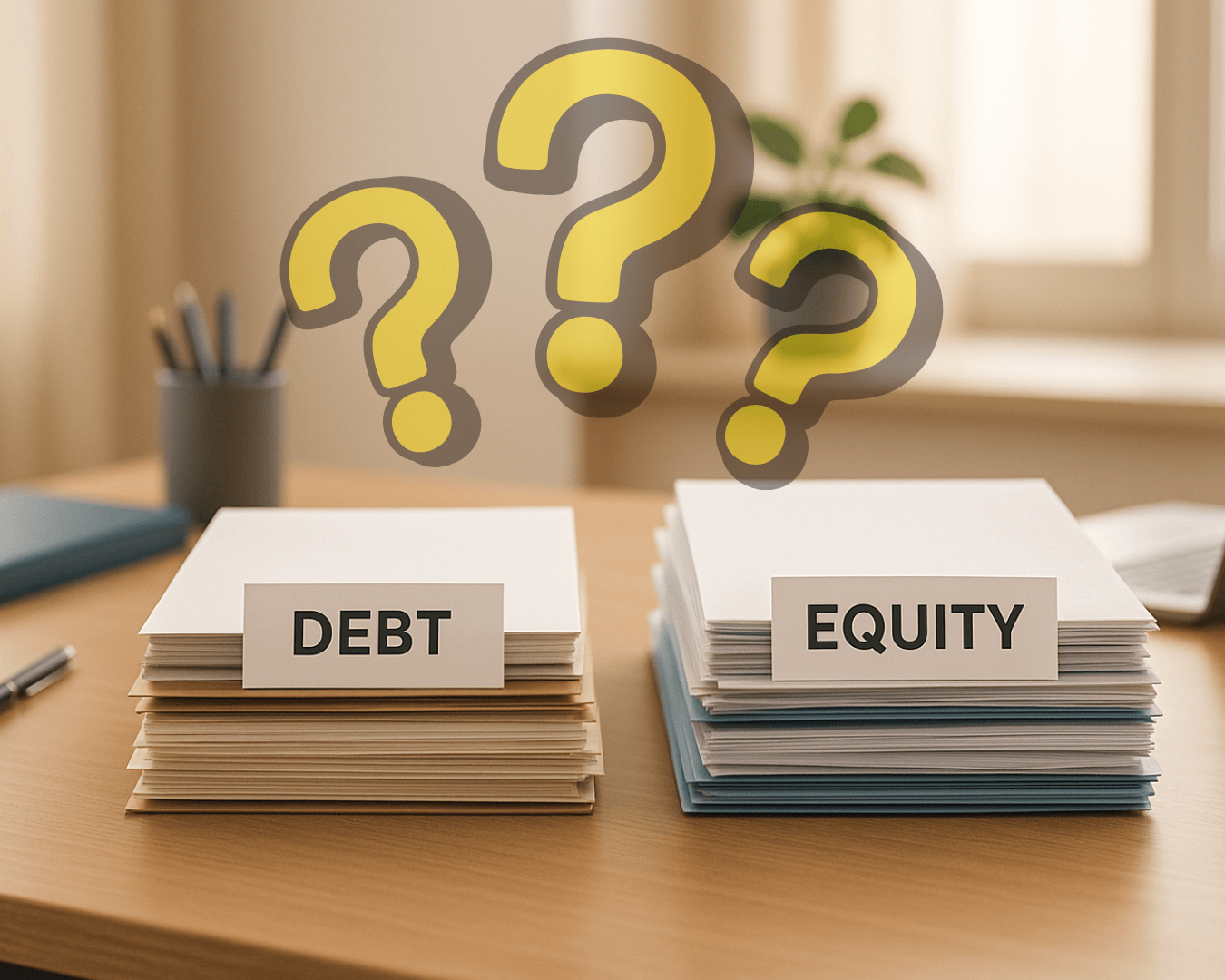
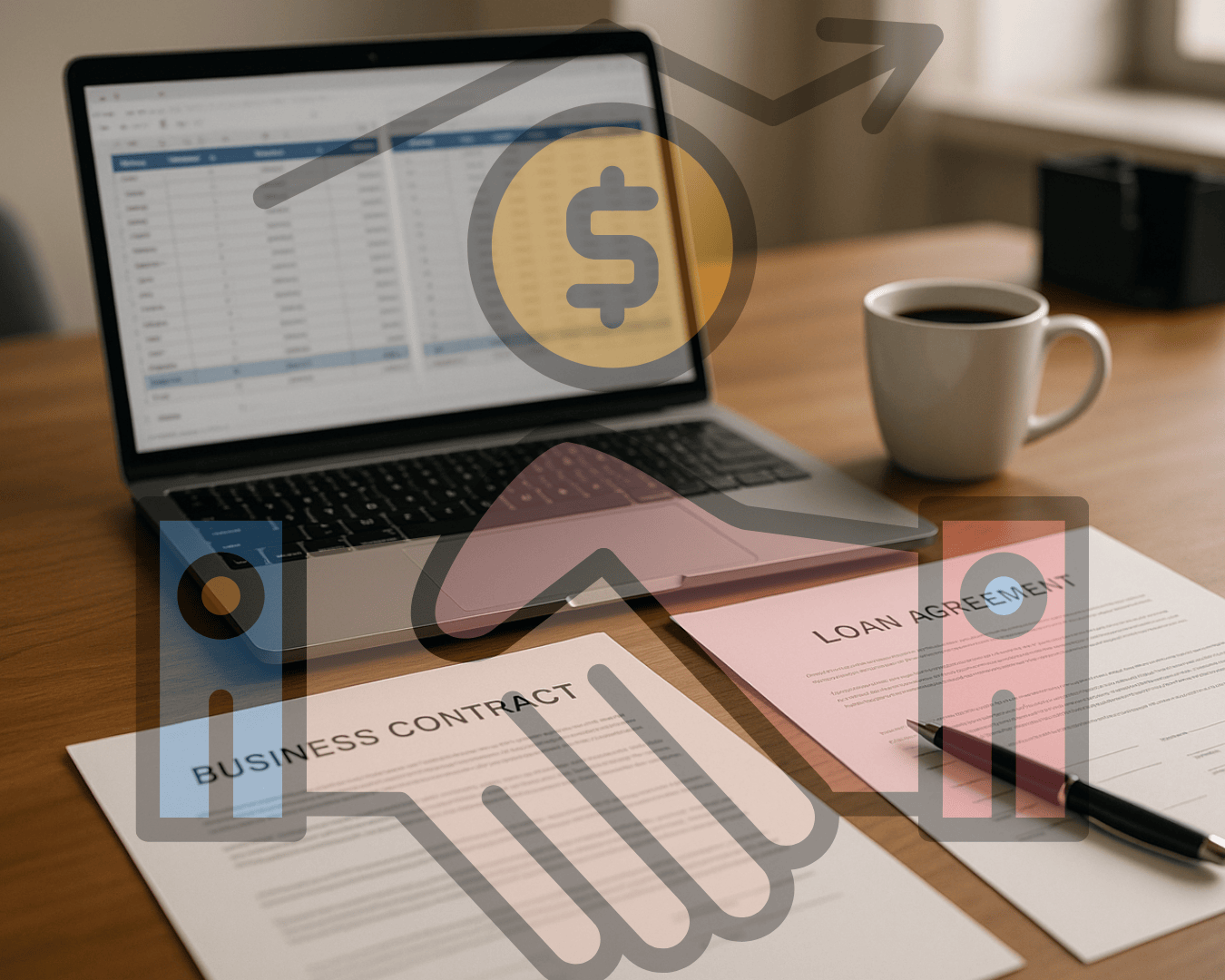



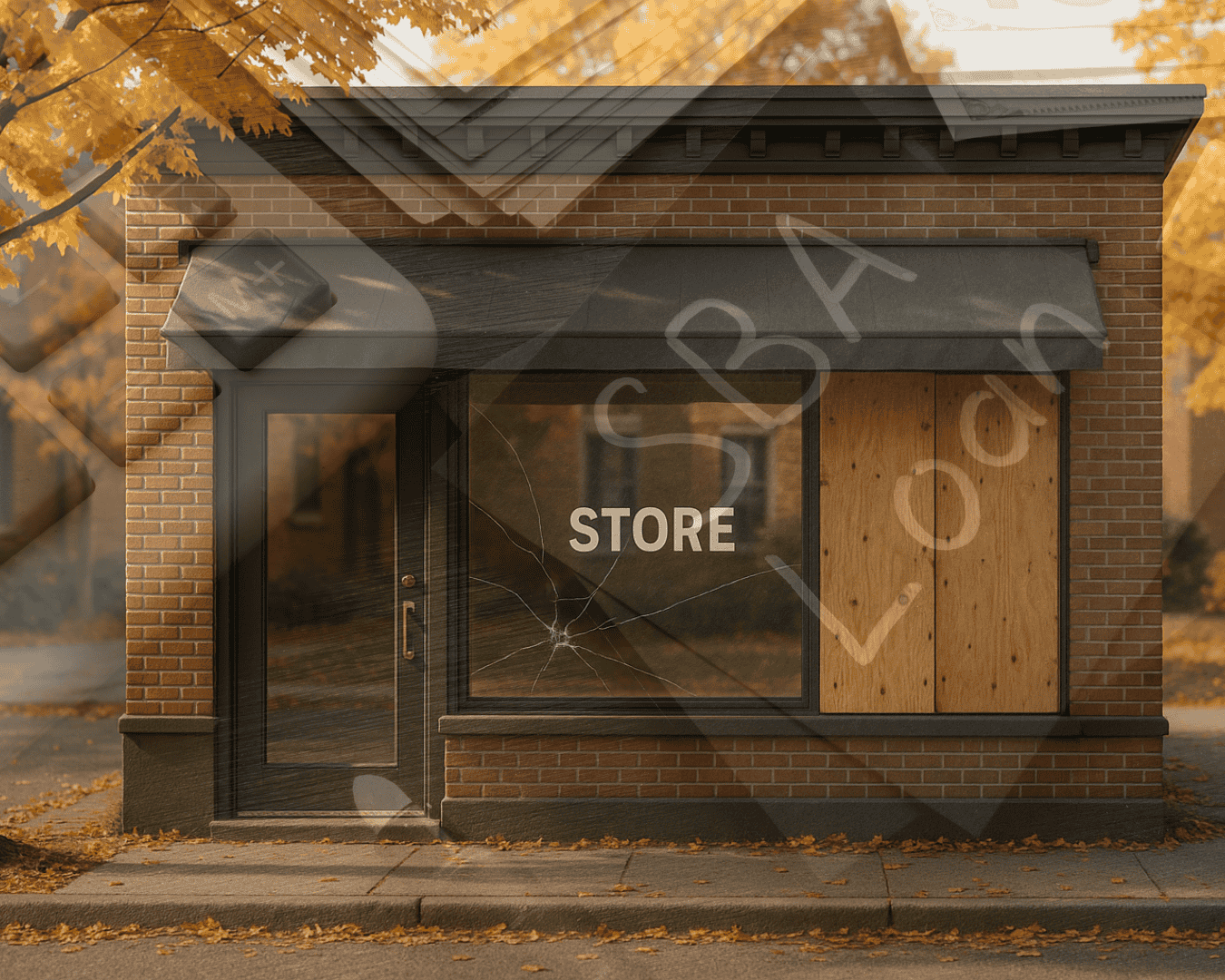
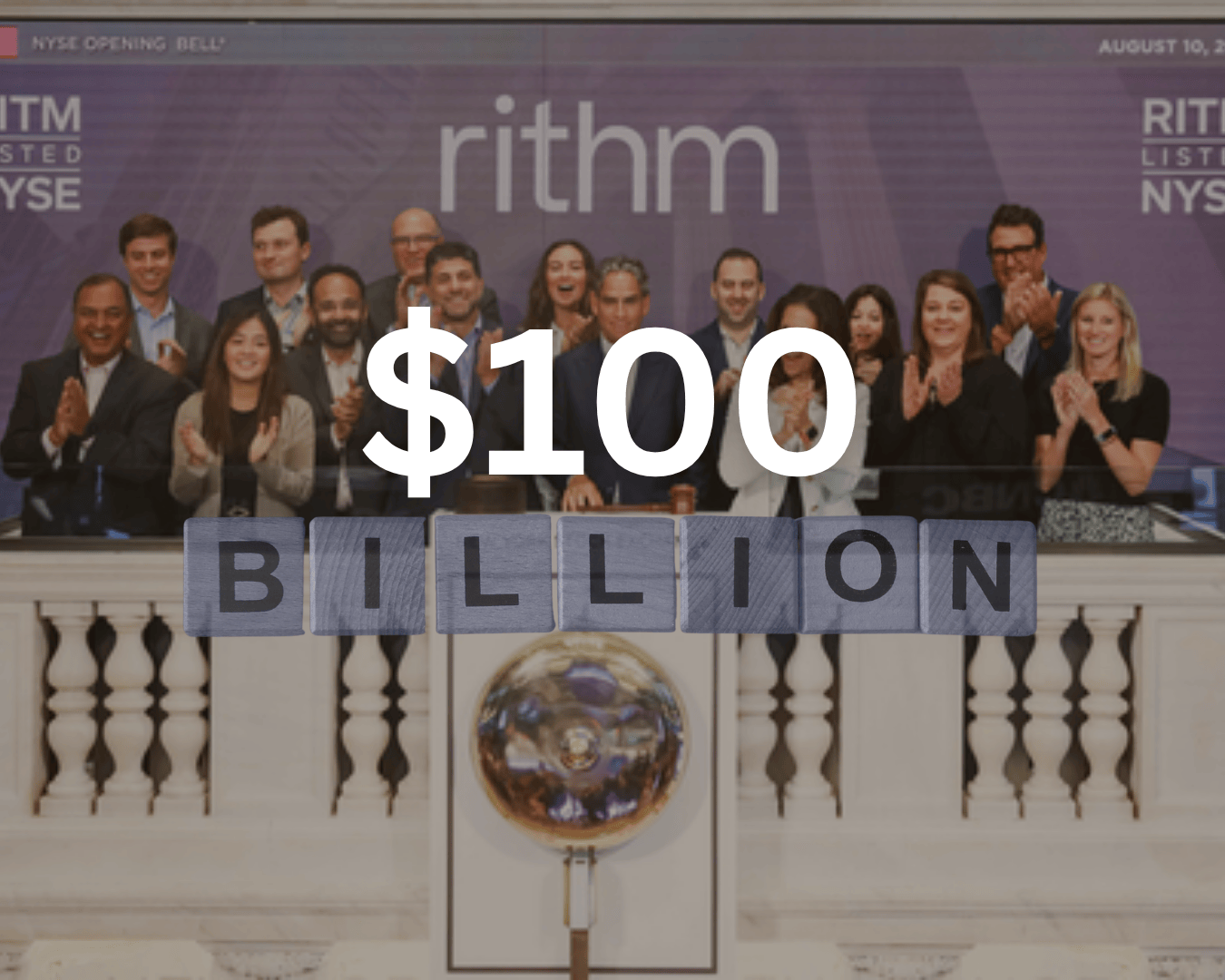

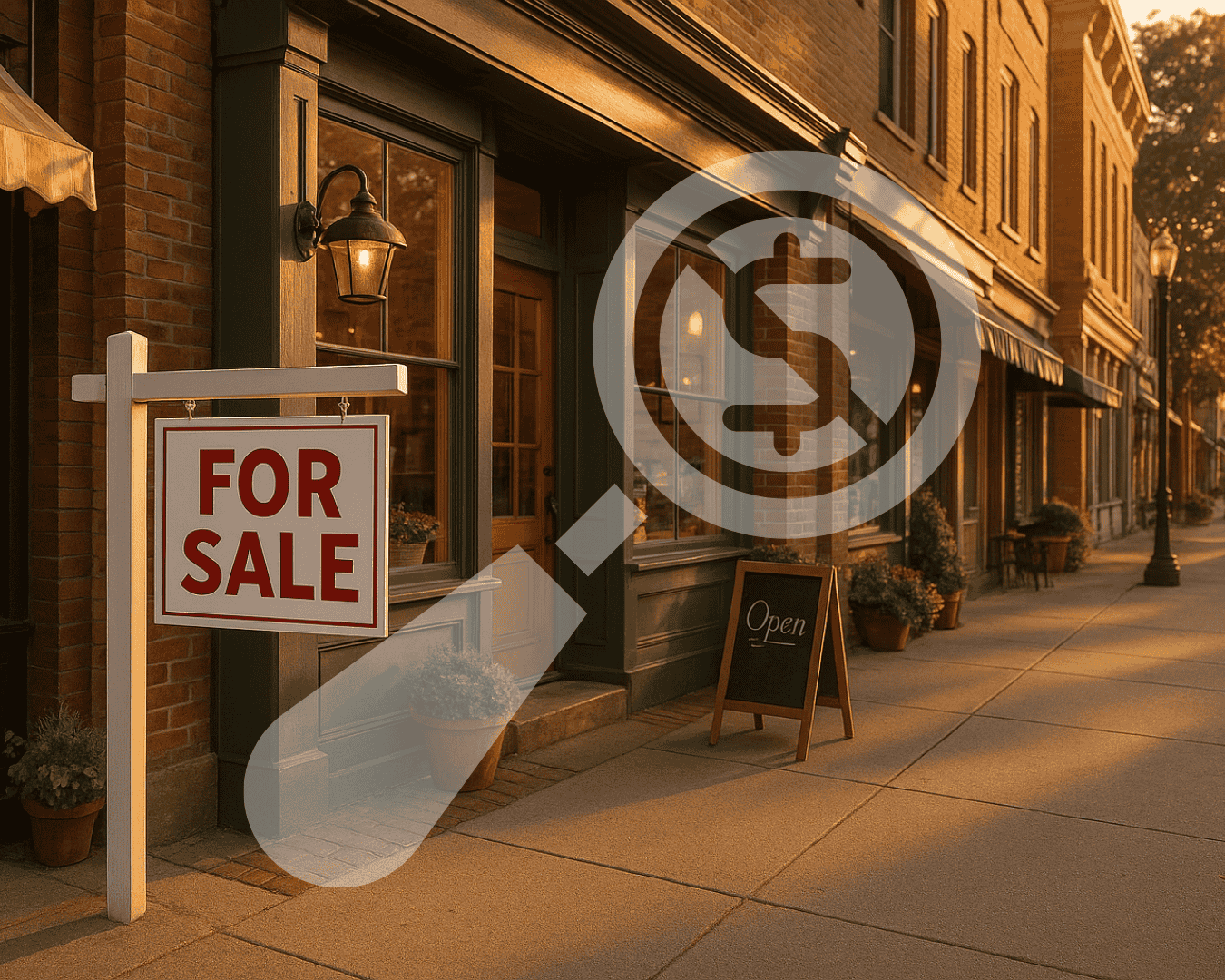

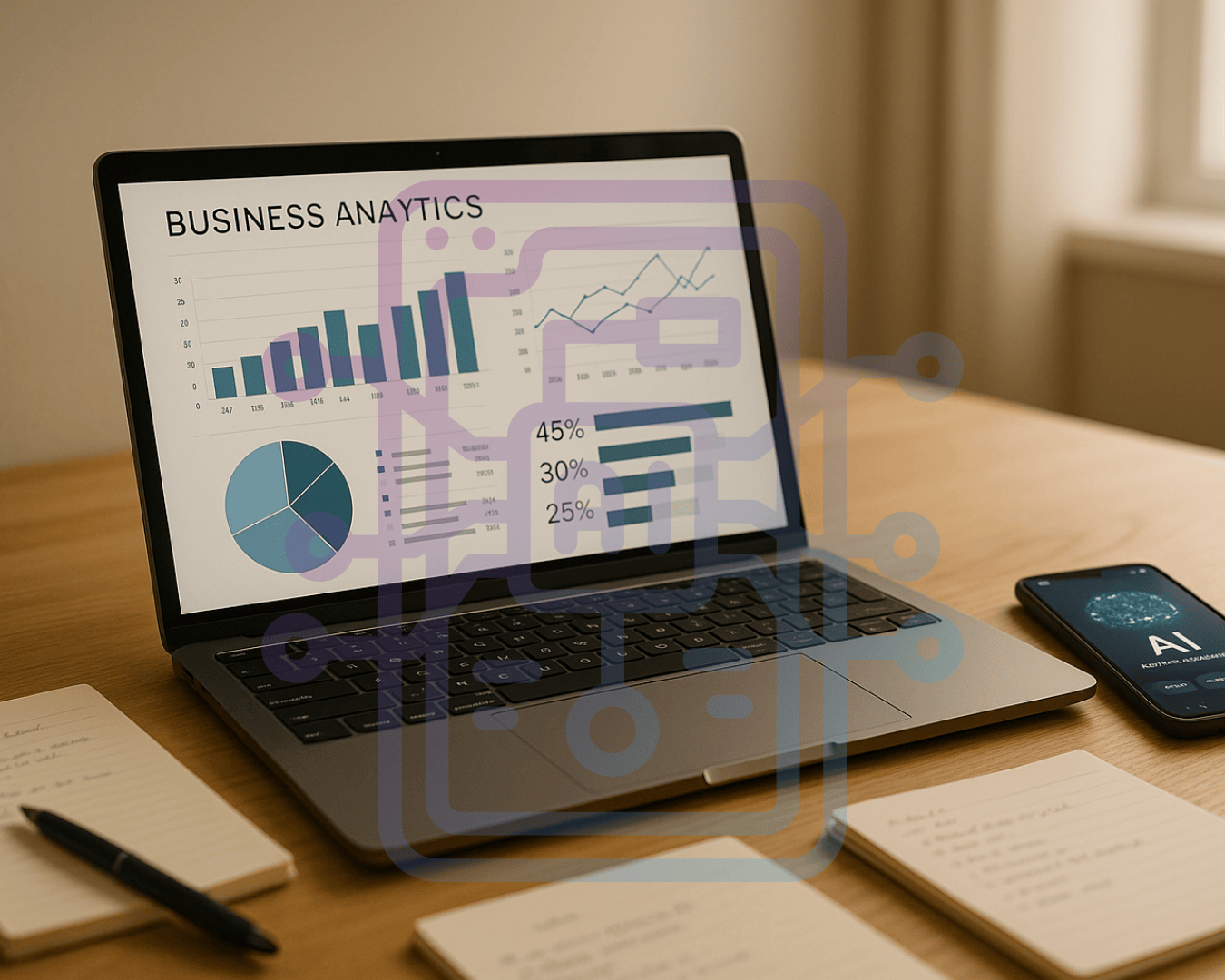






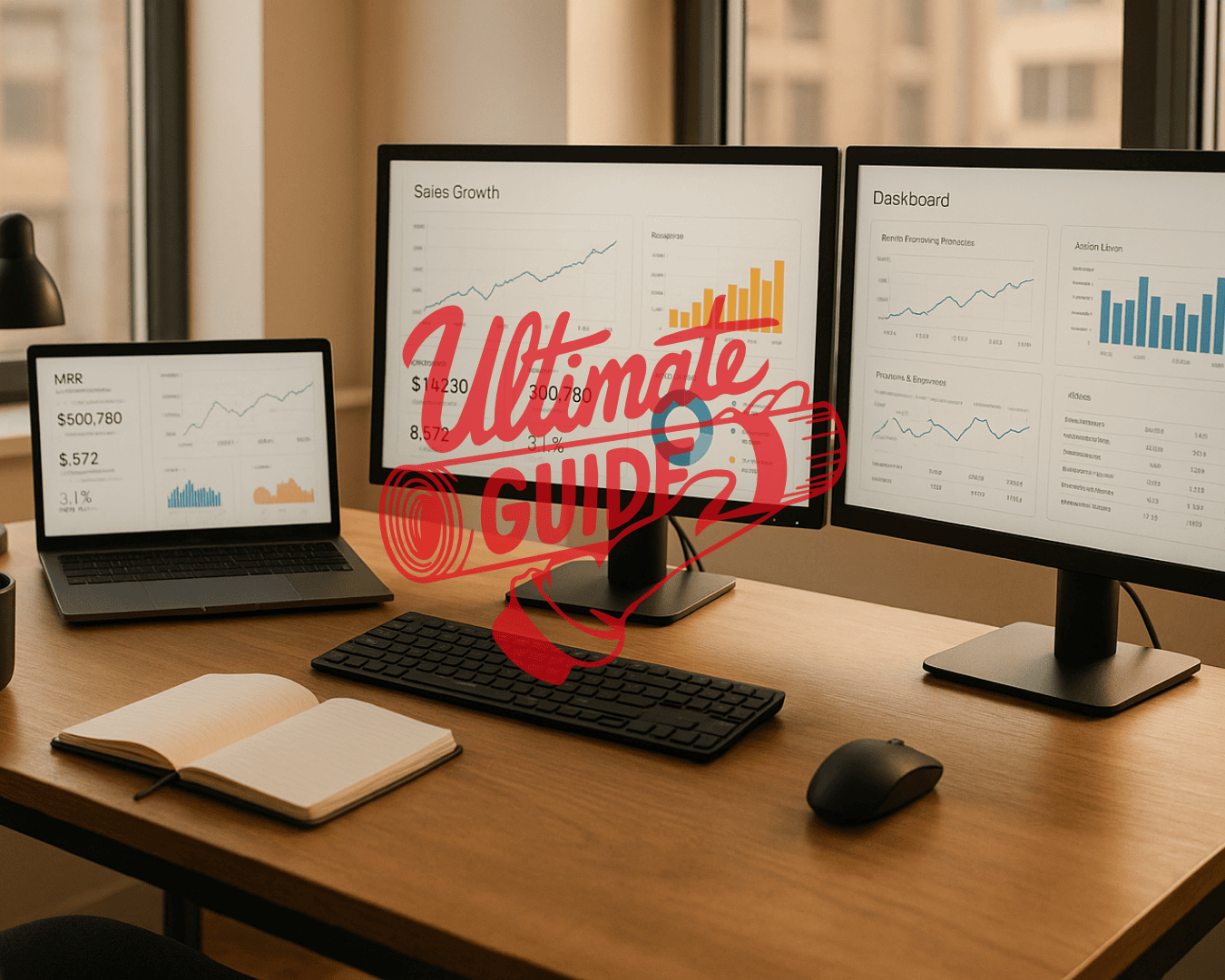



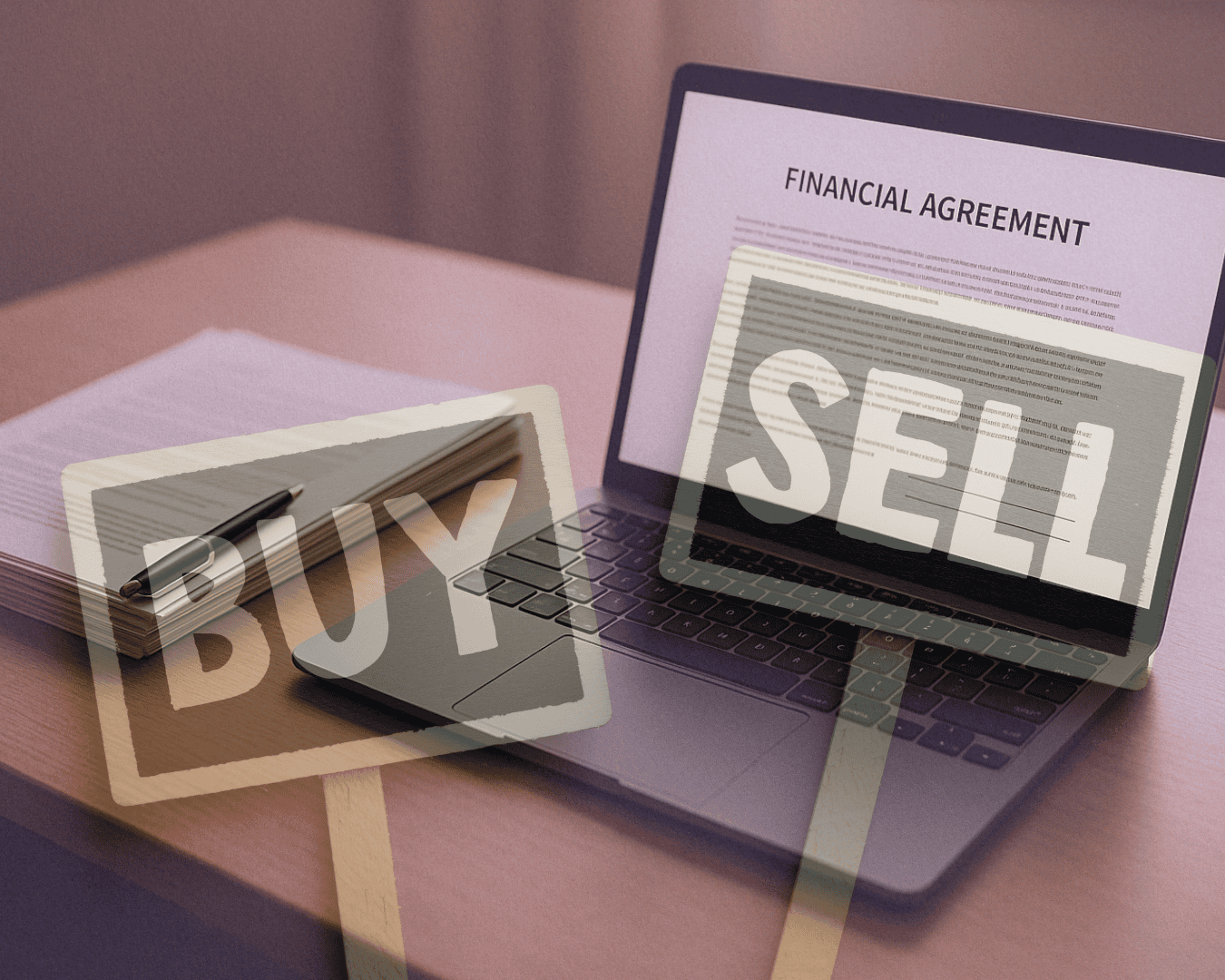
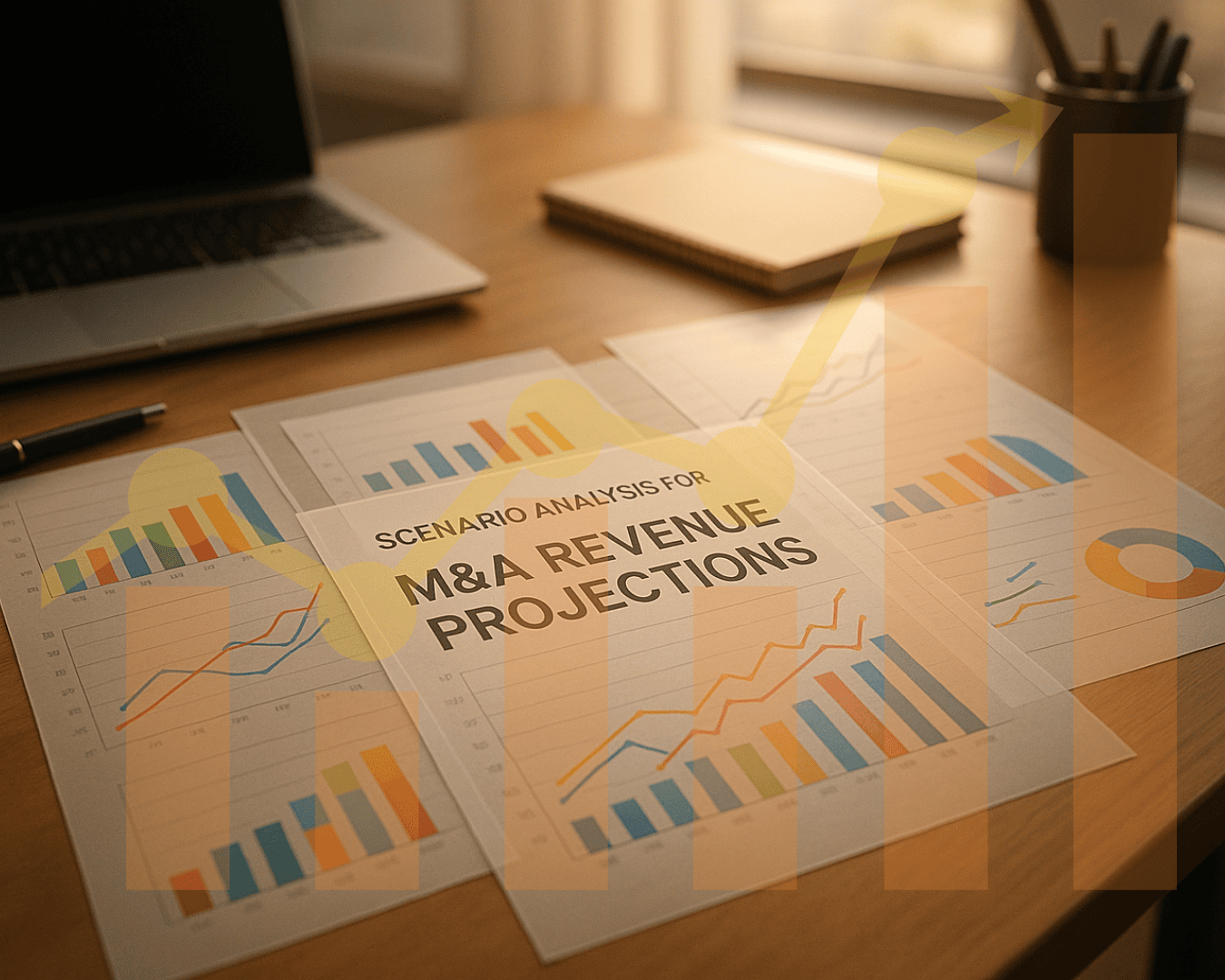
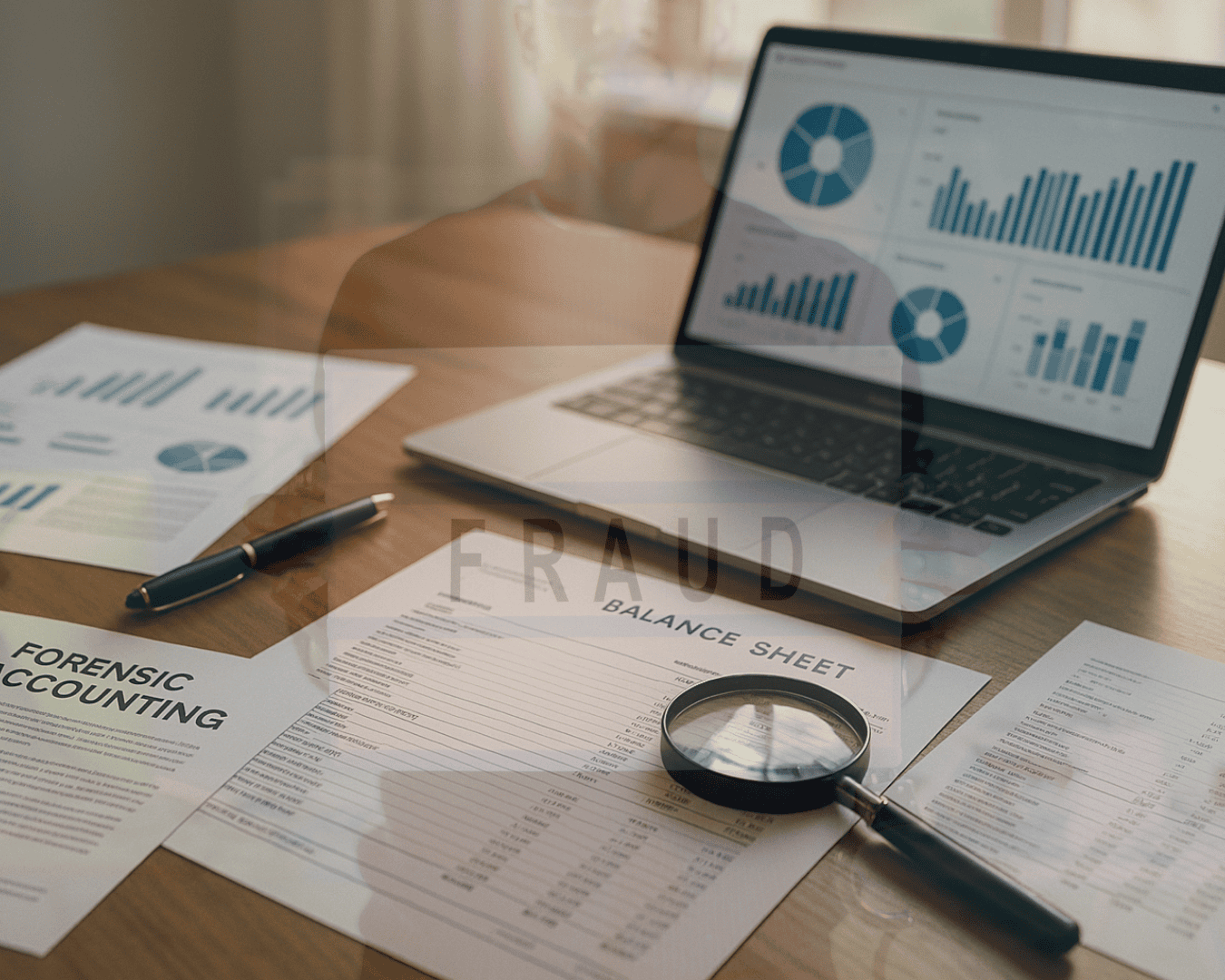
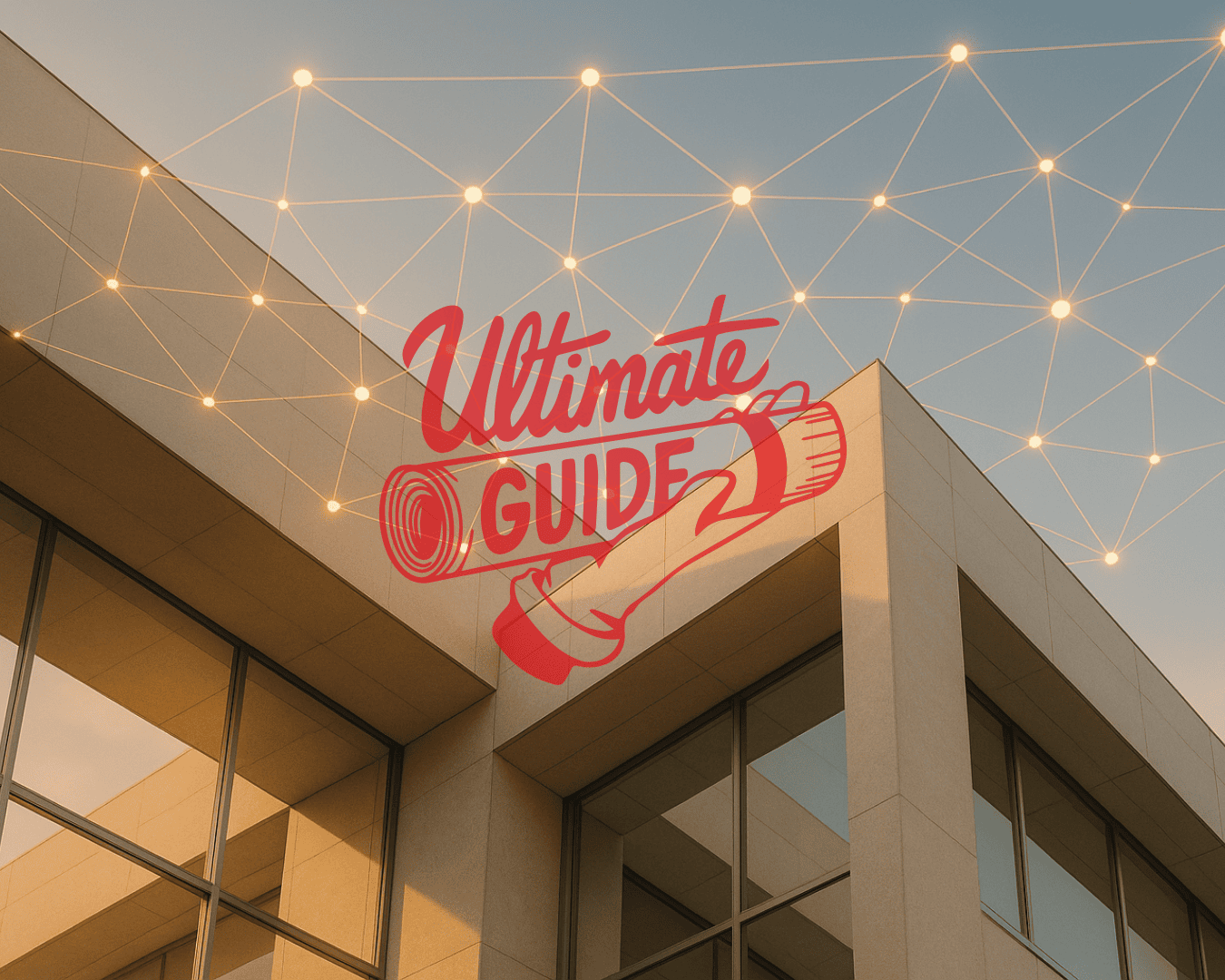


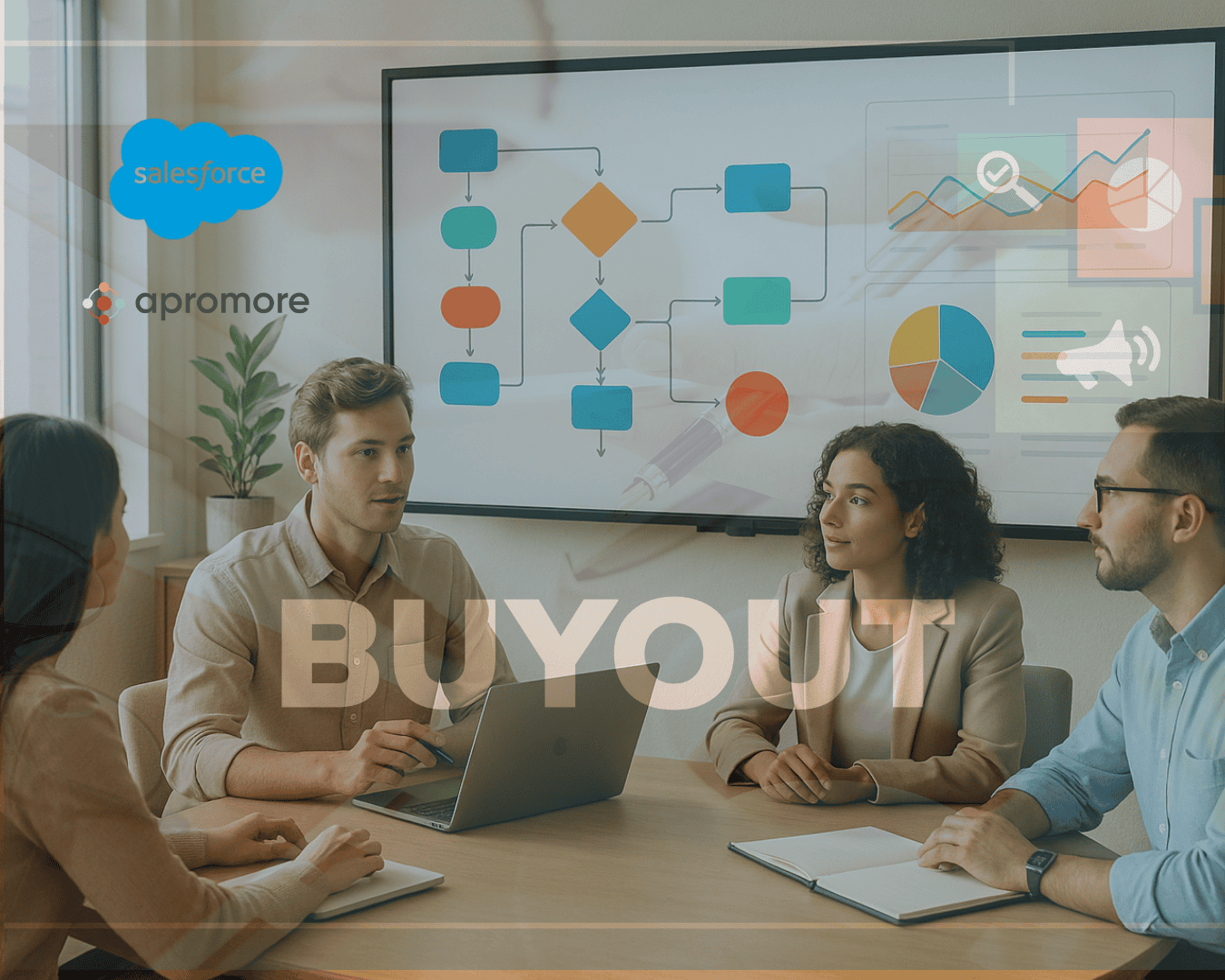
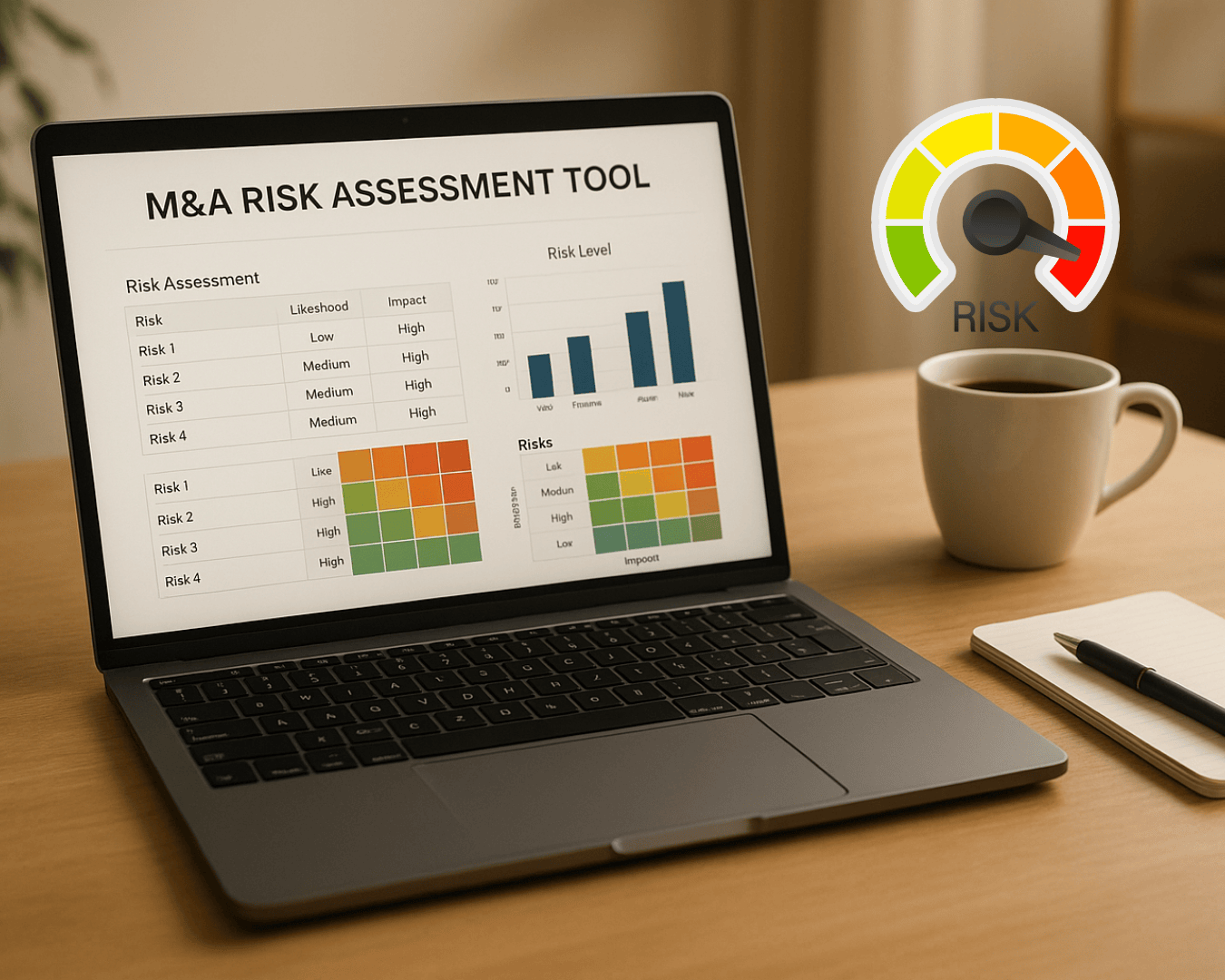
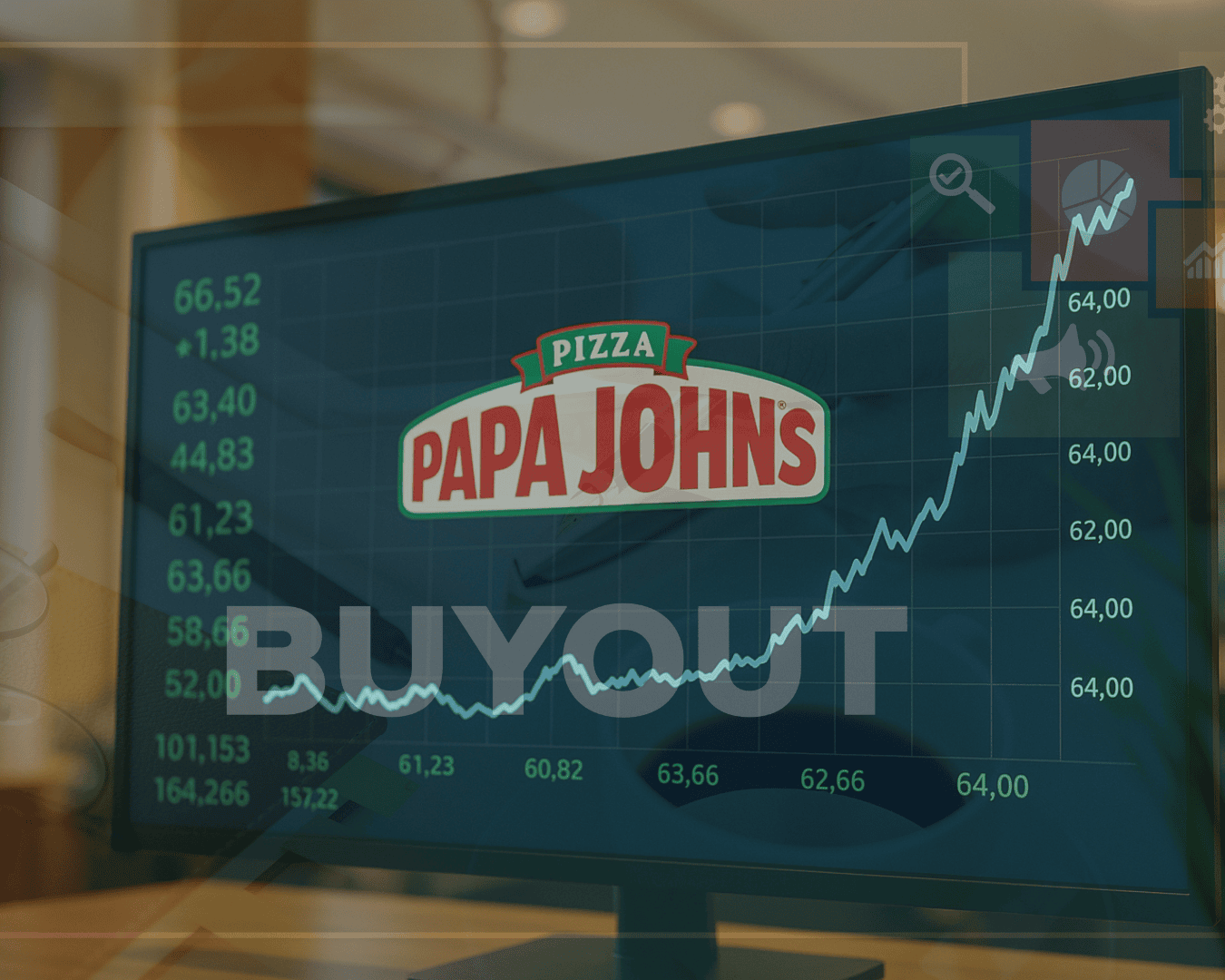
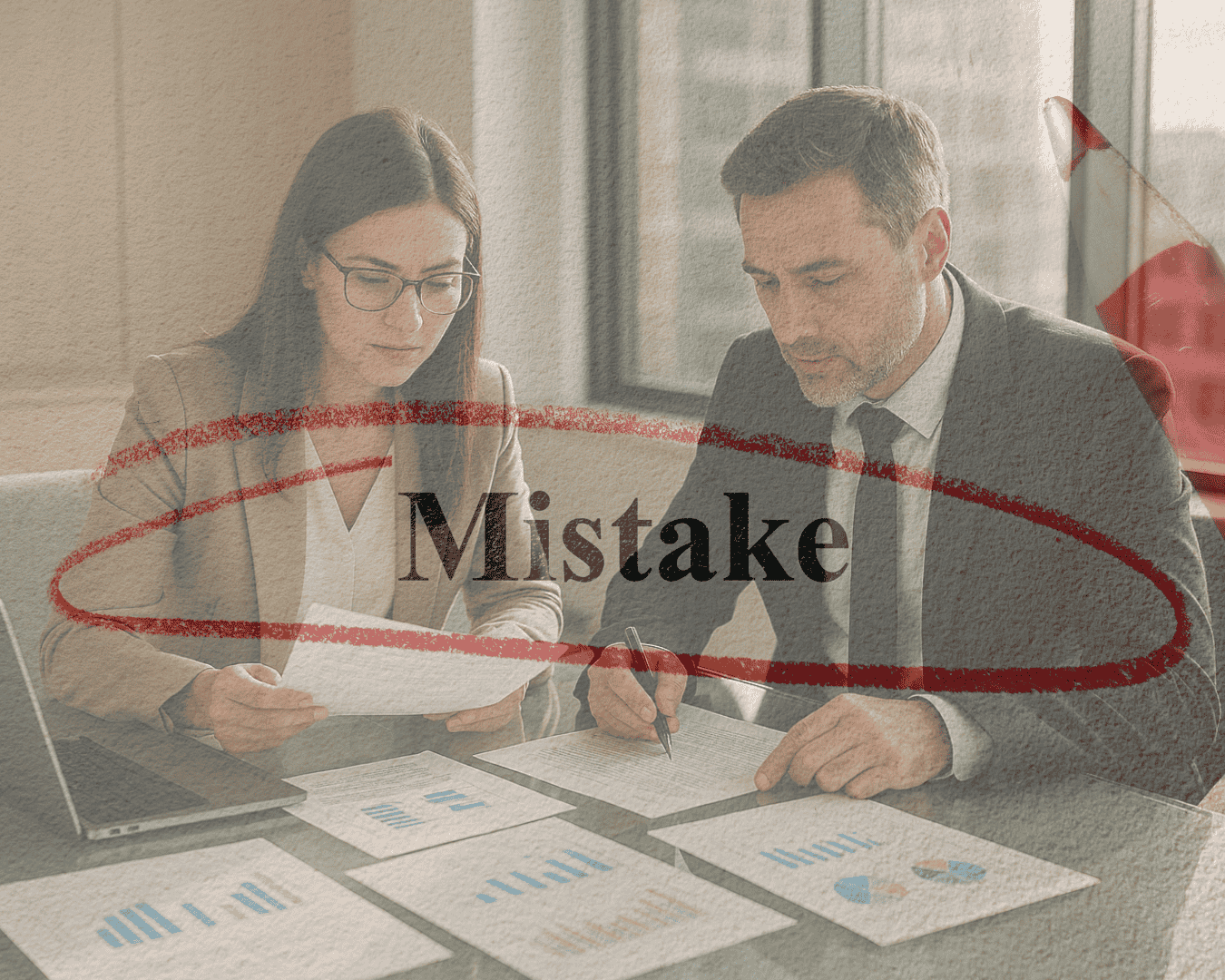
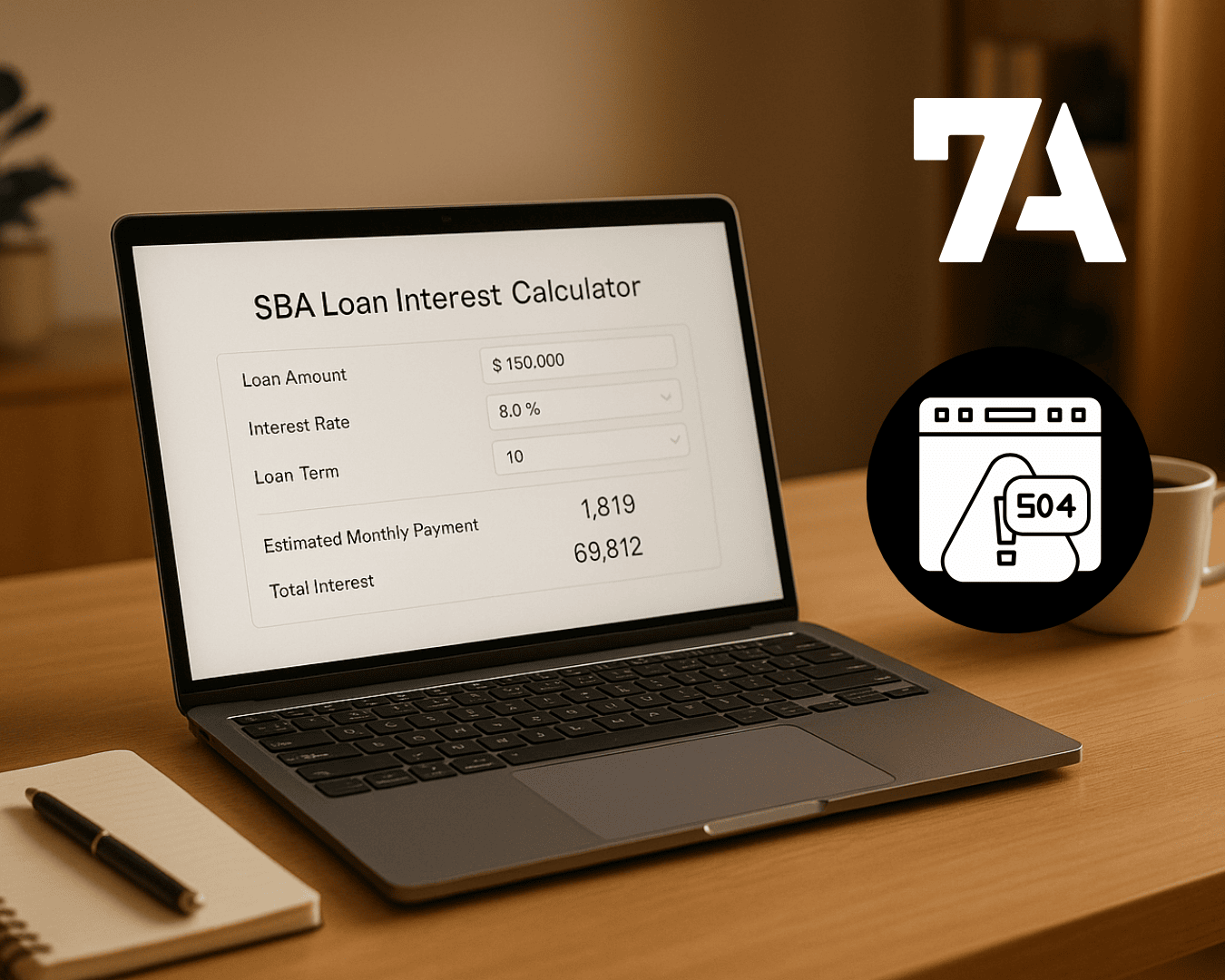
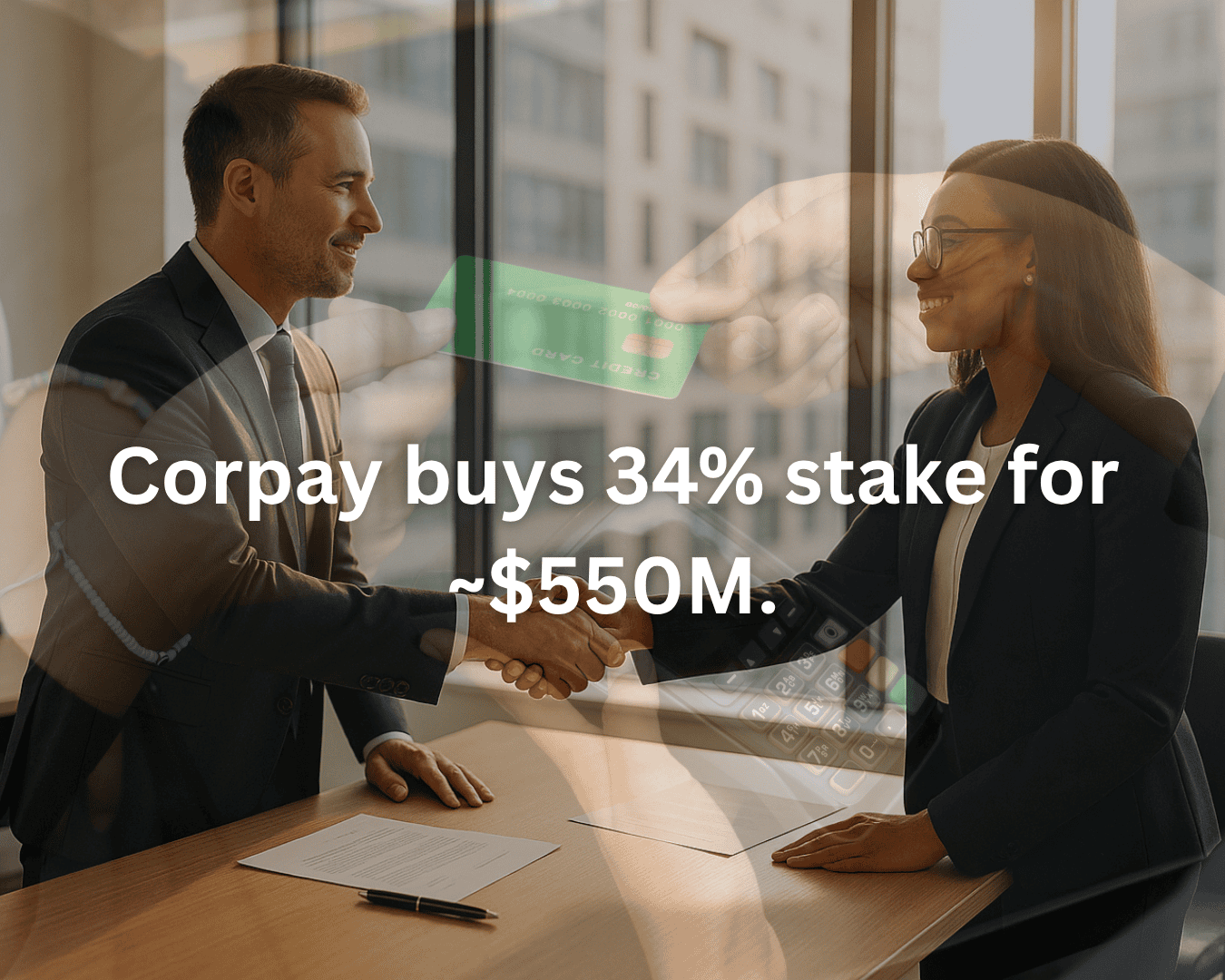






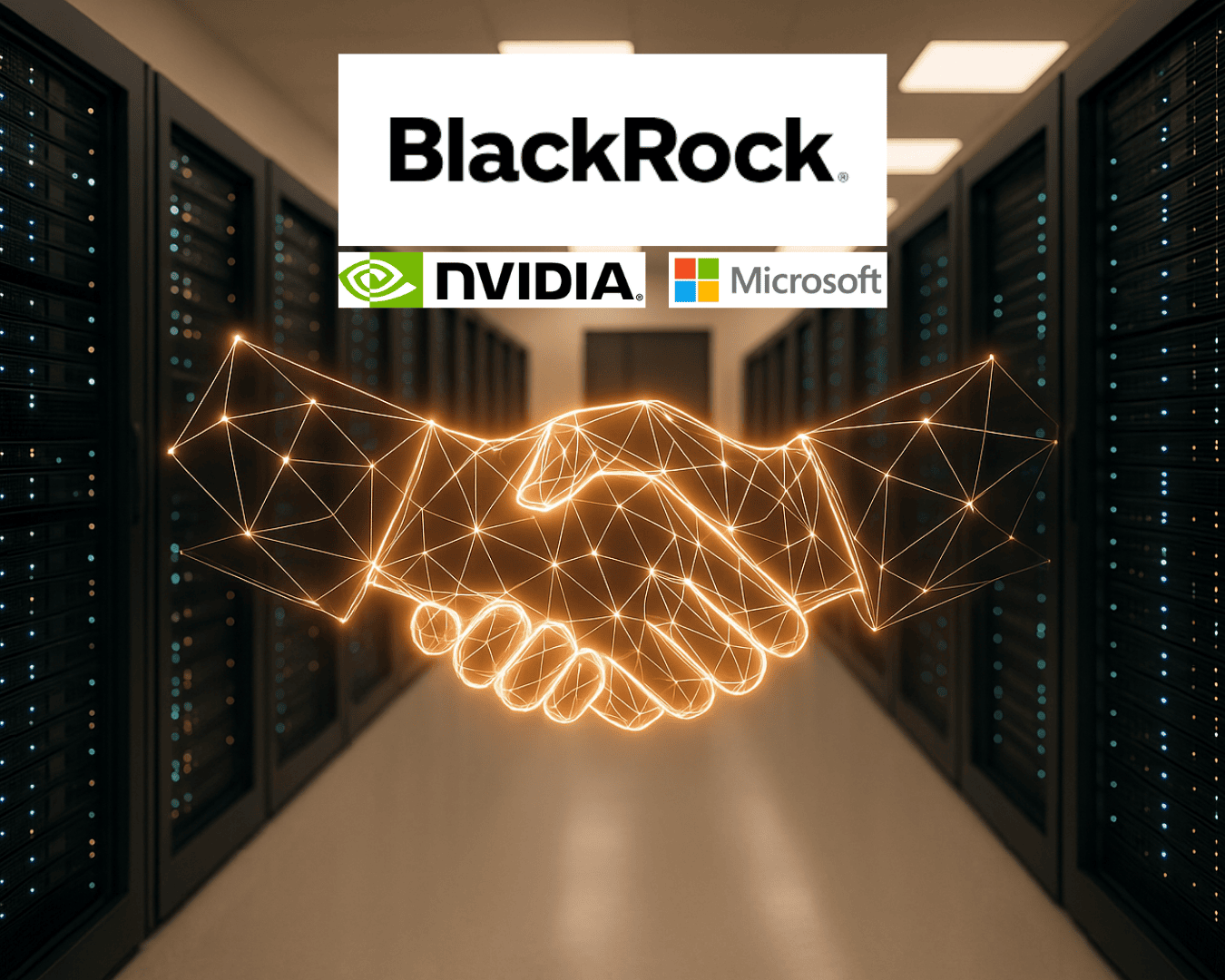
%20Loan%20Application%20Checklist.png)
